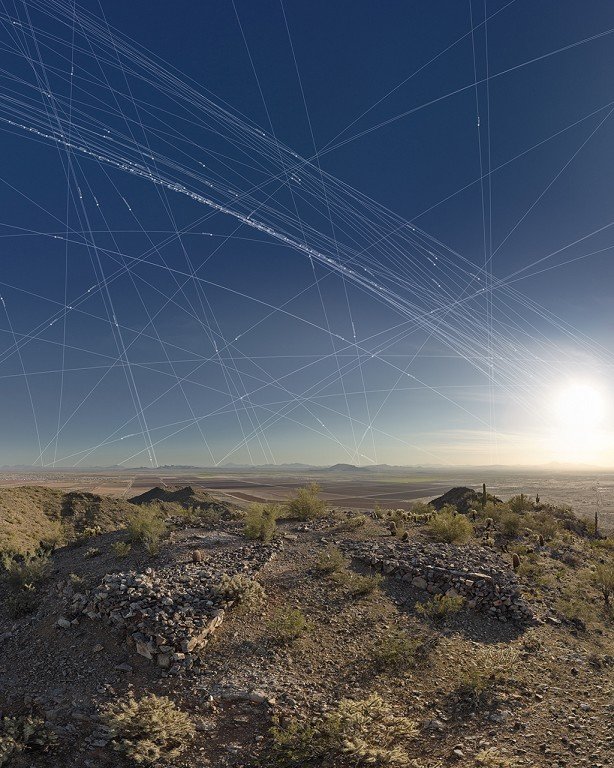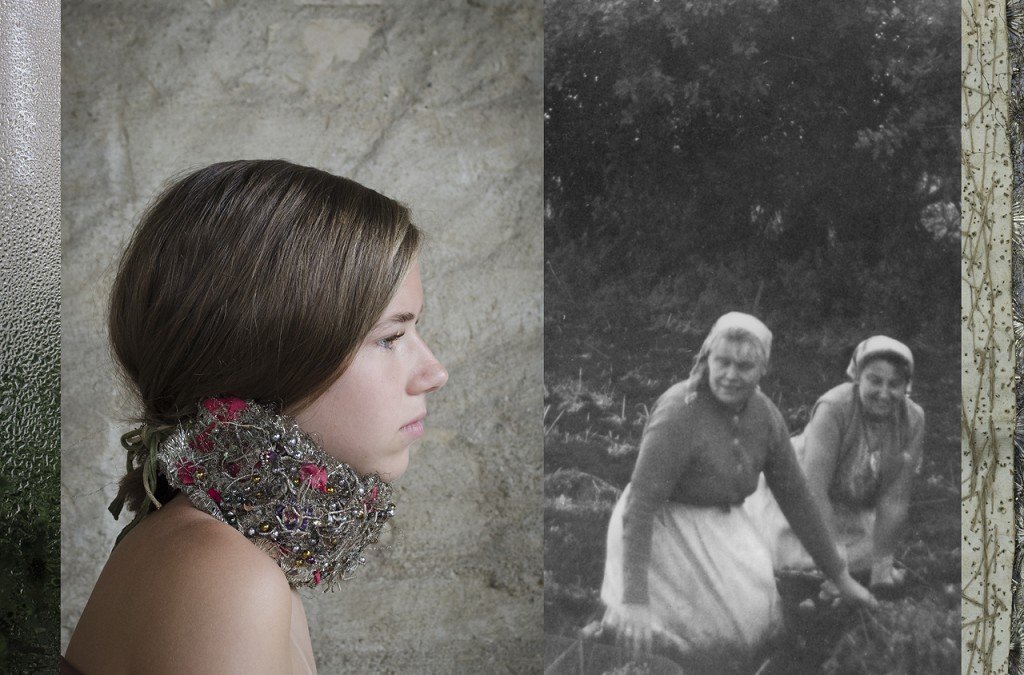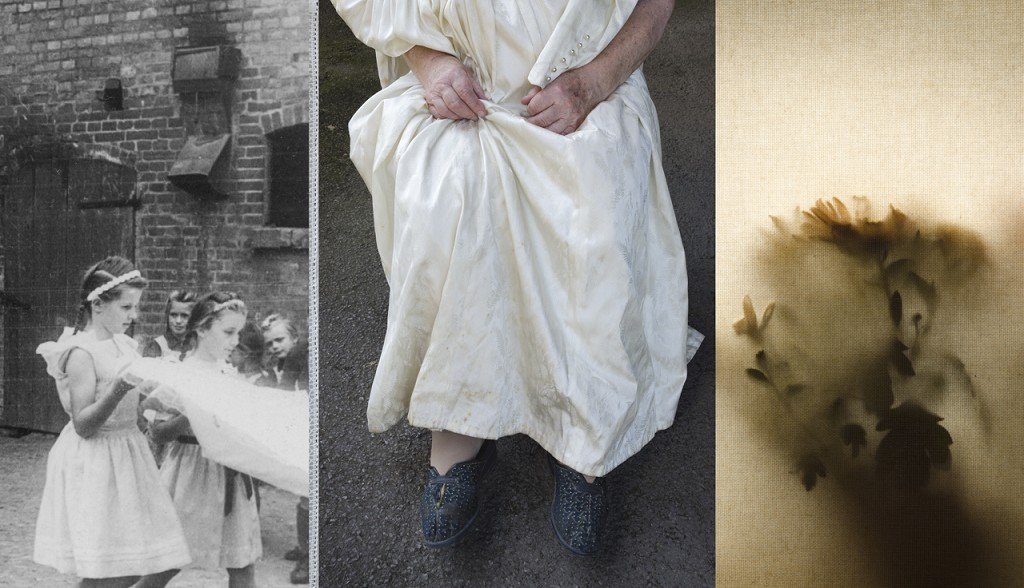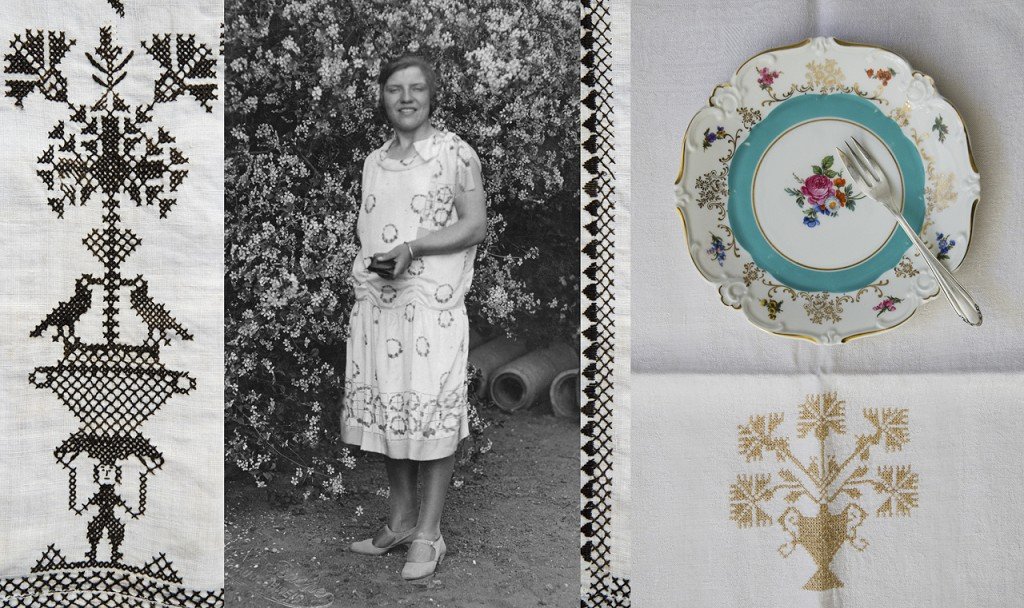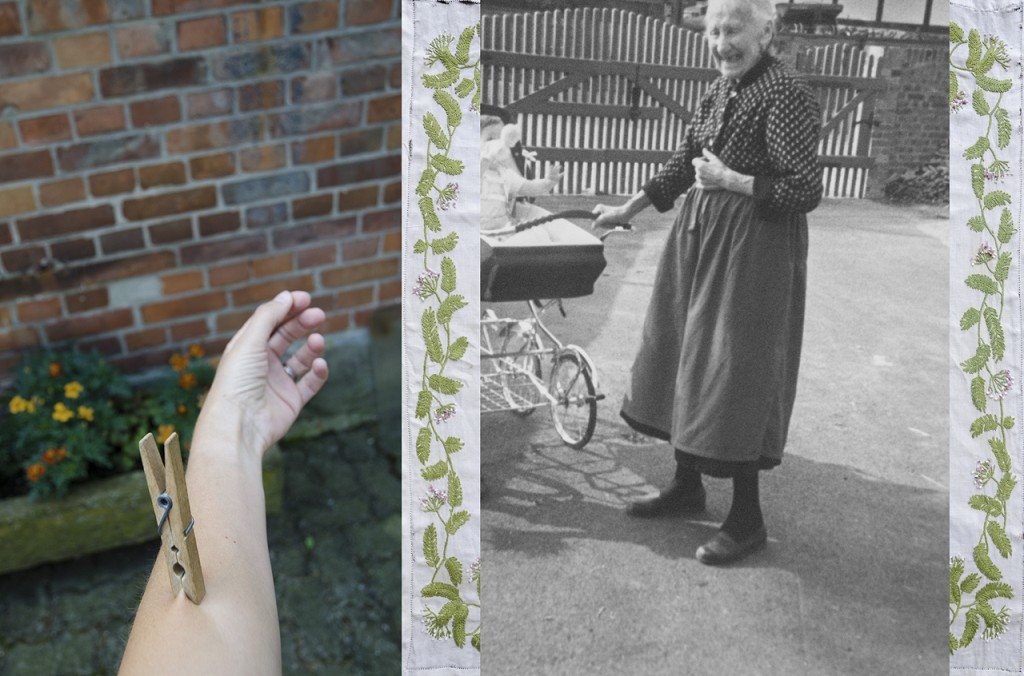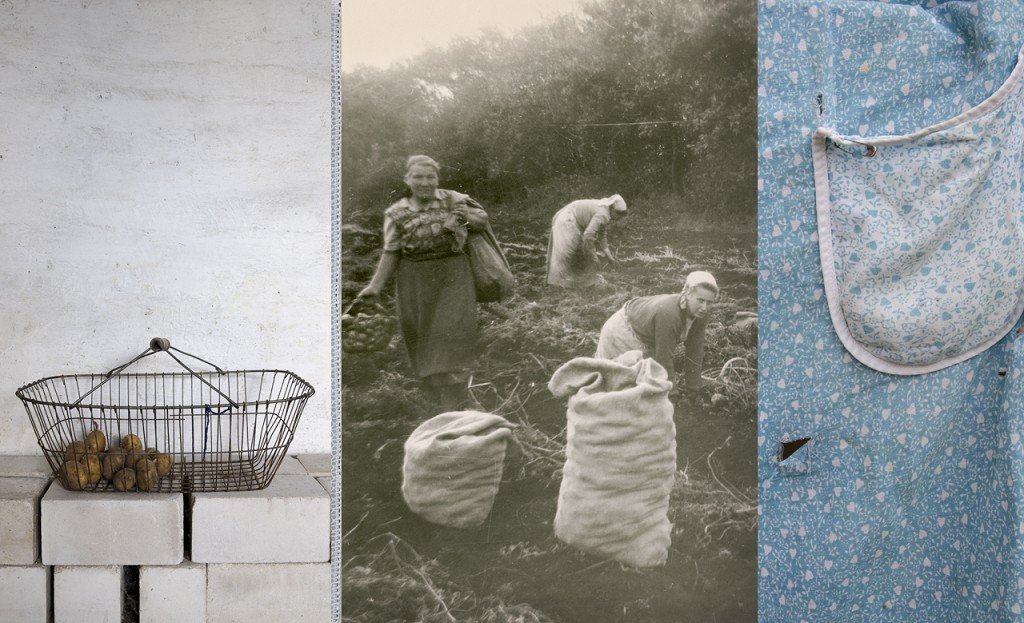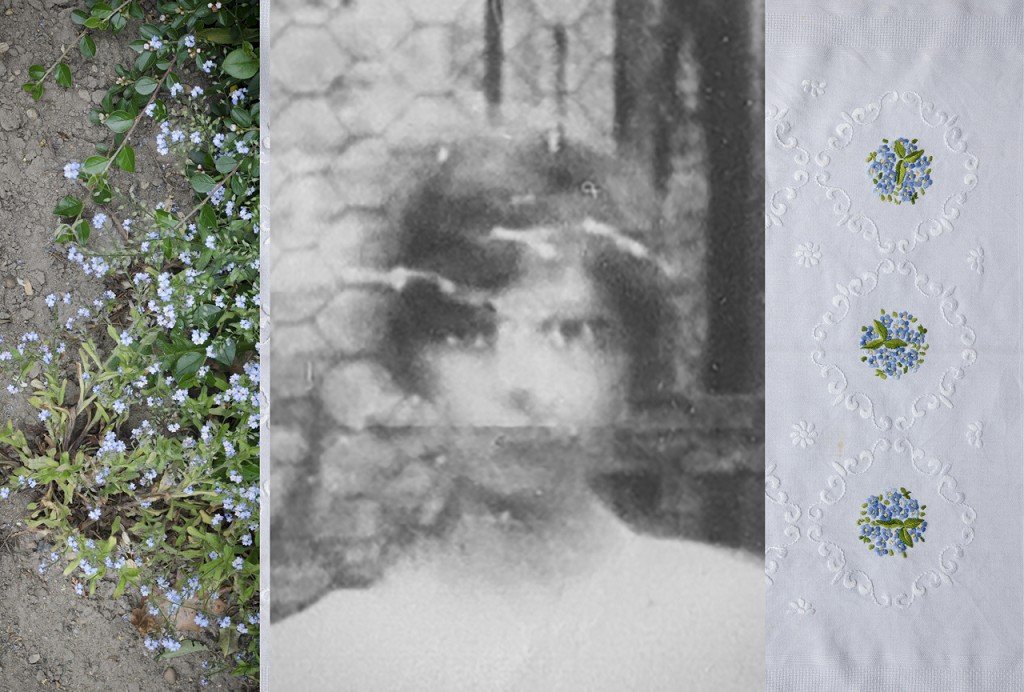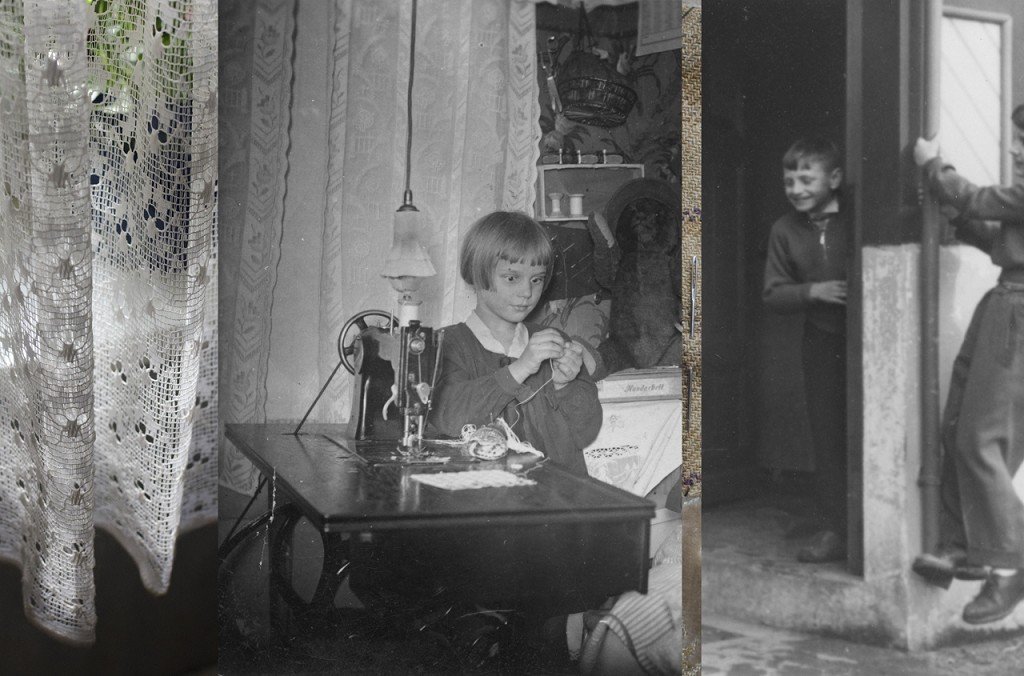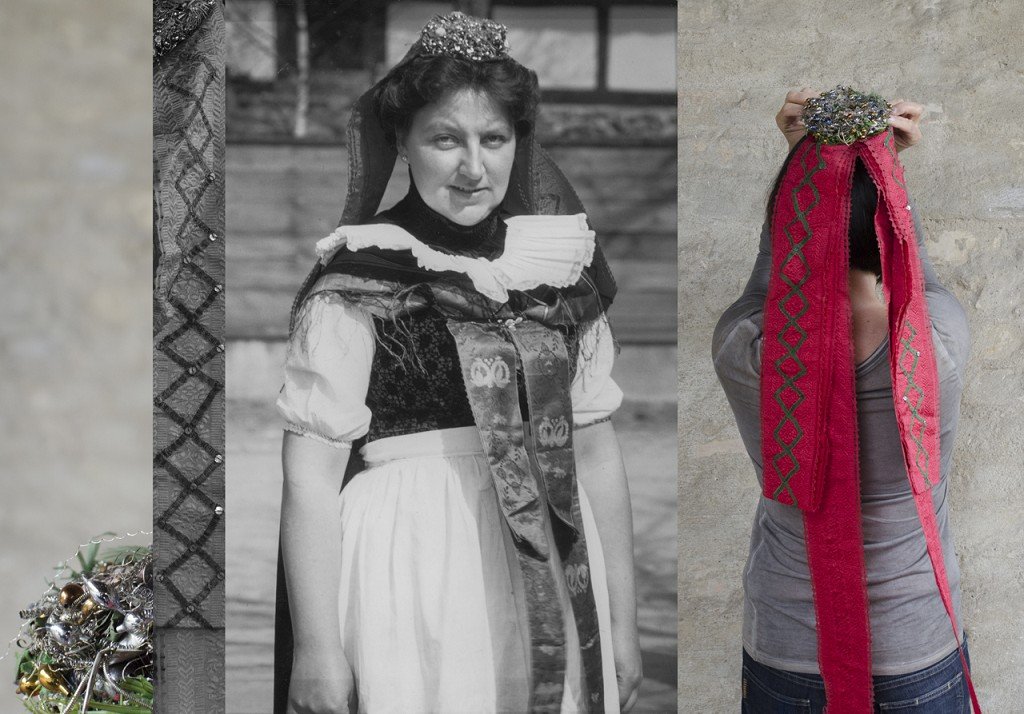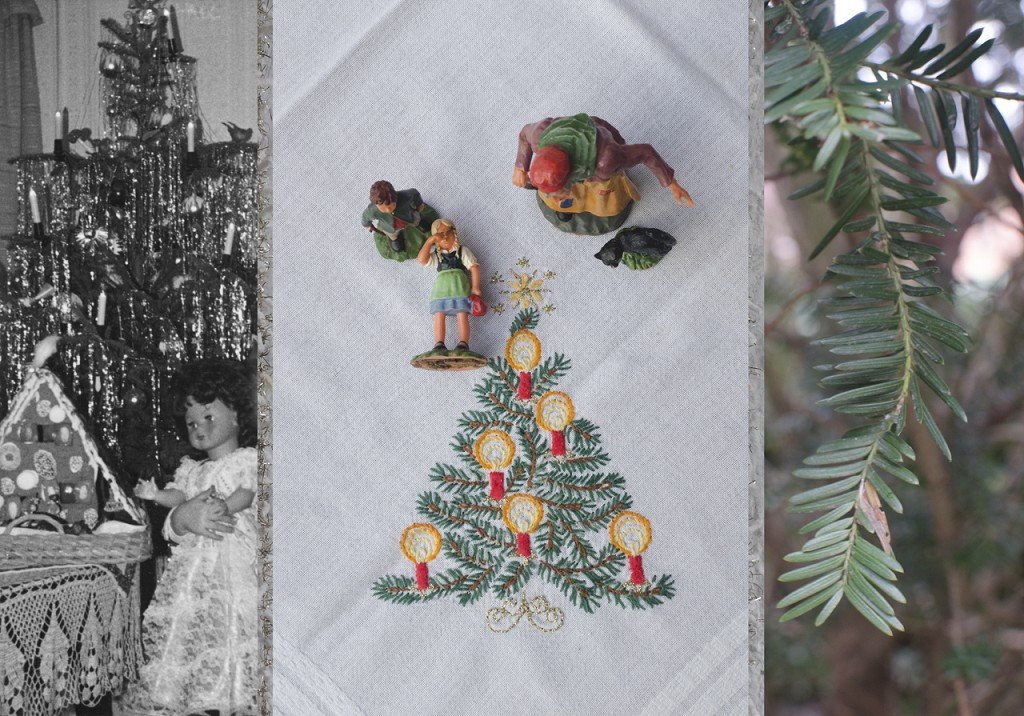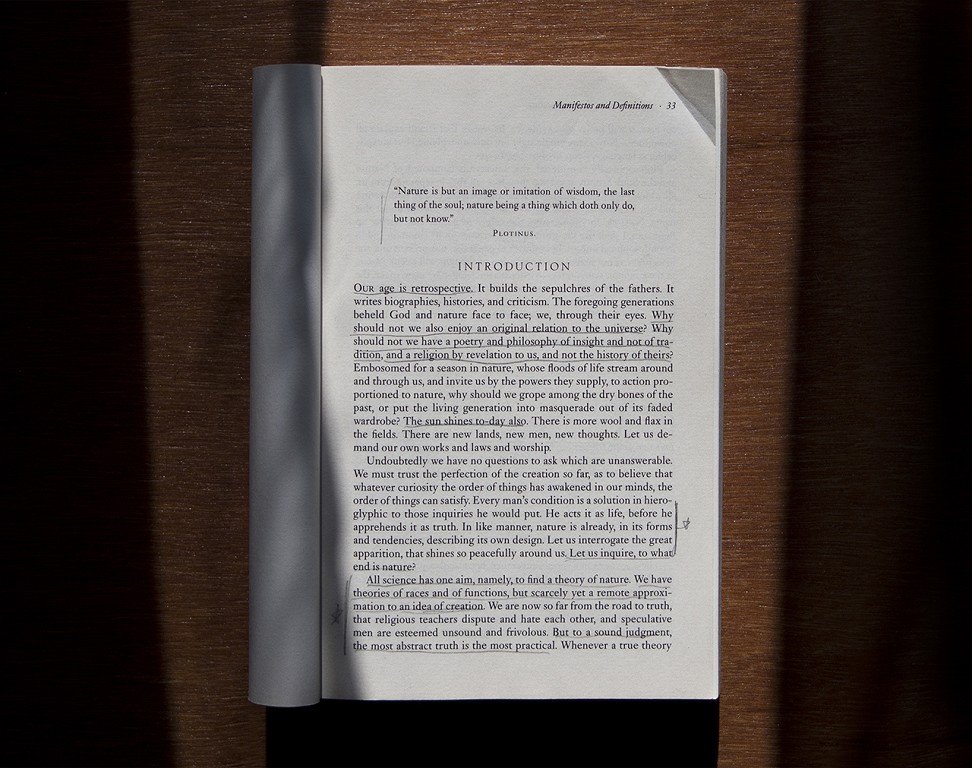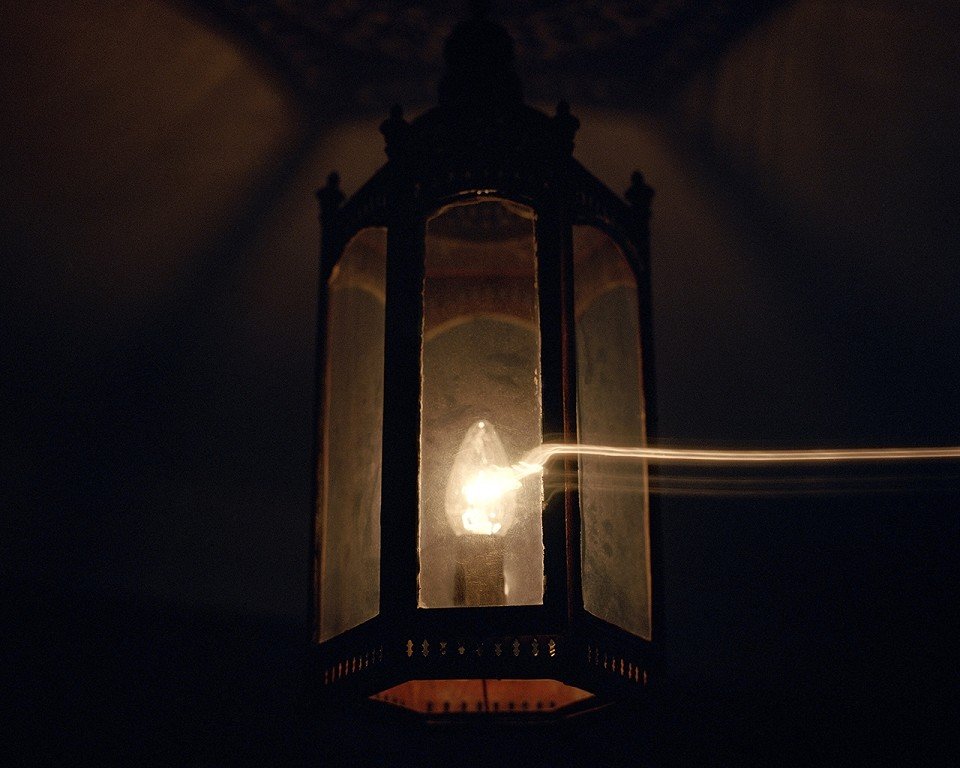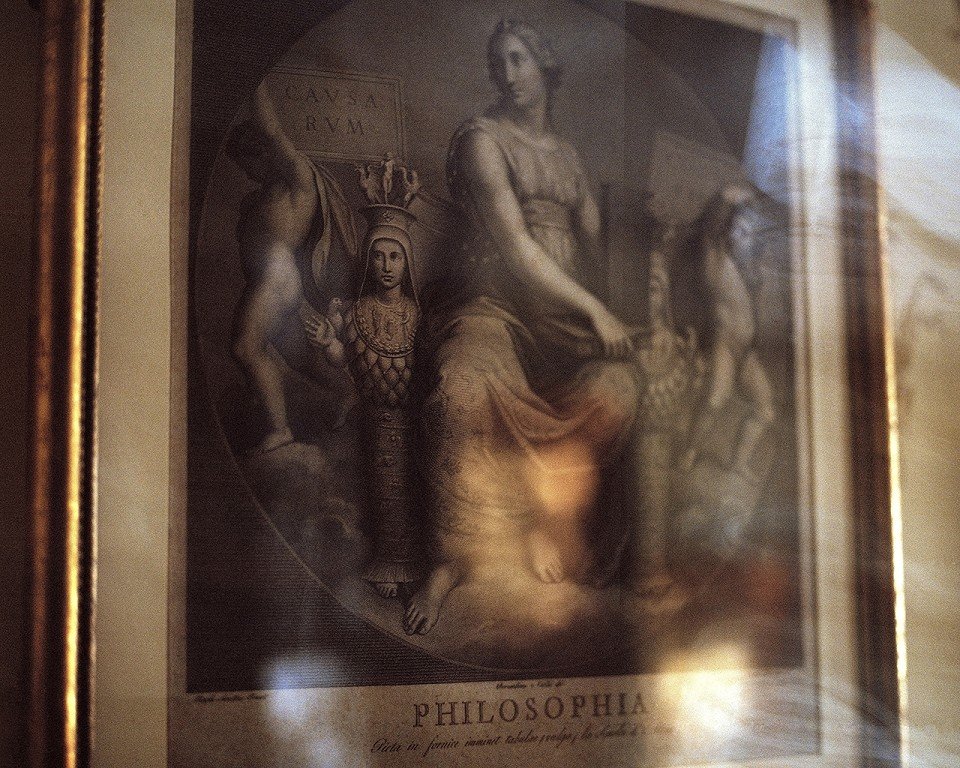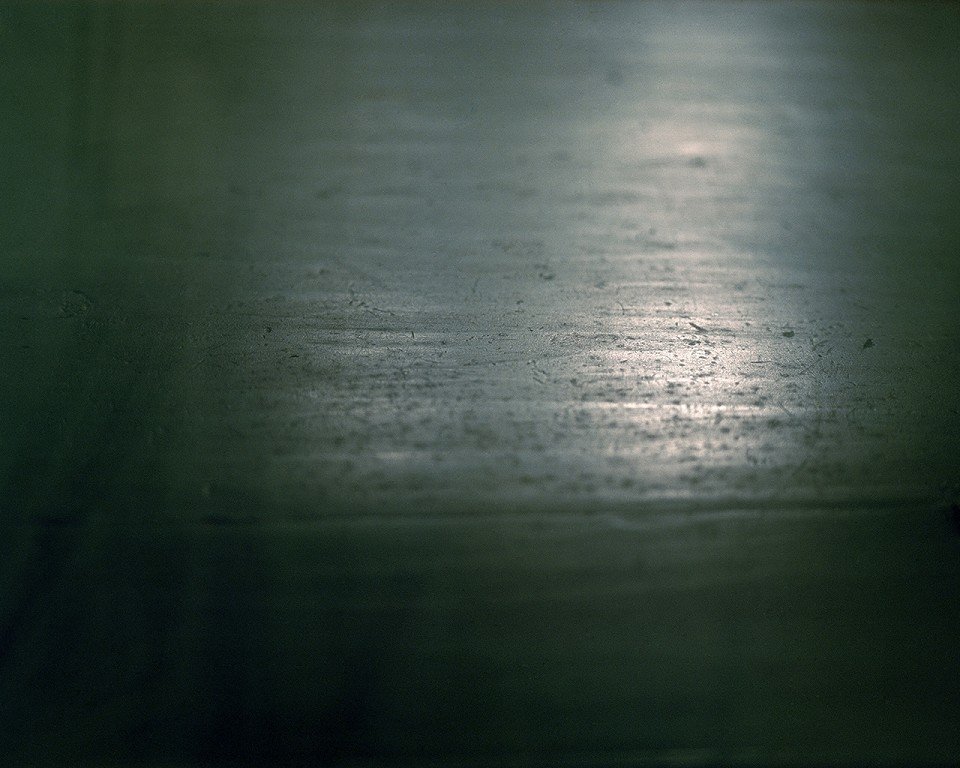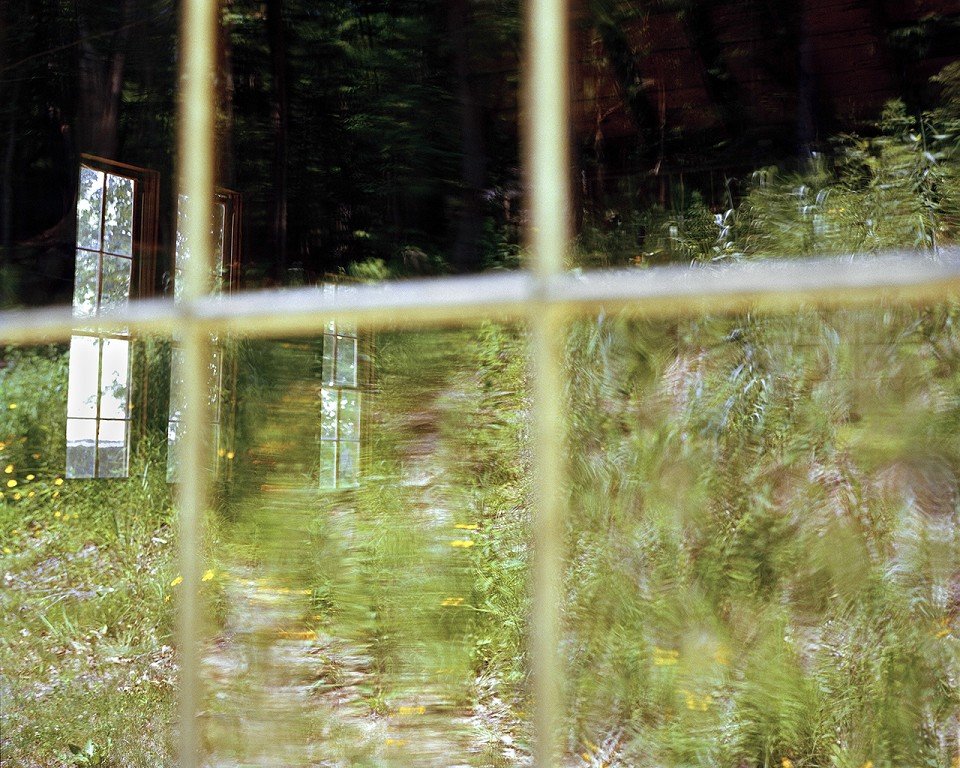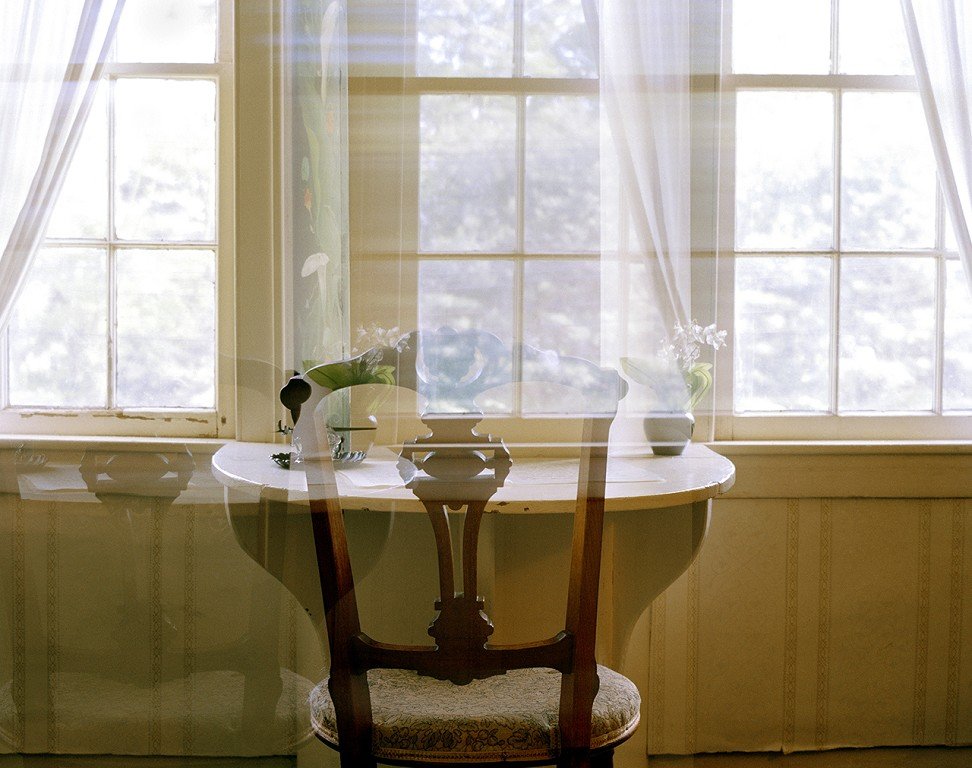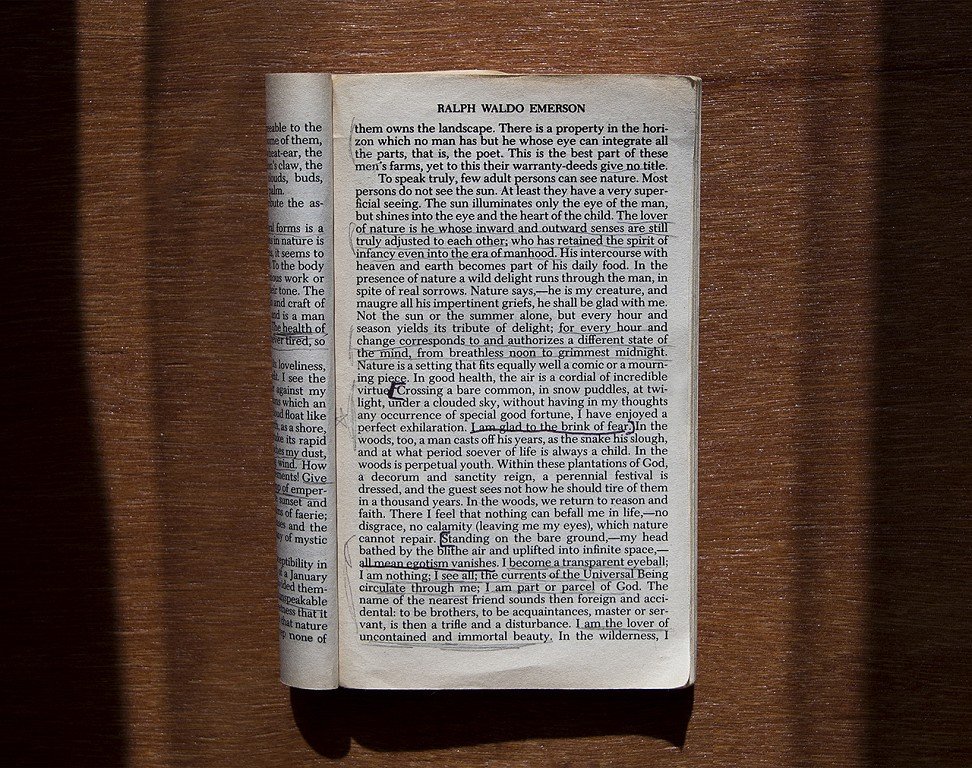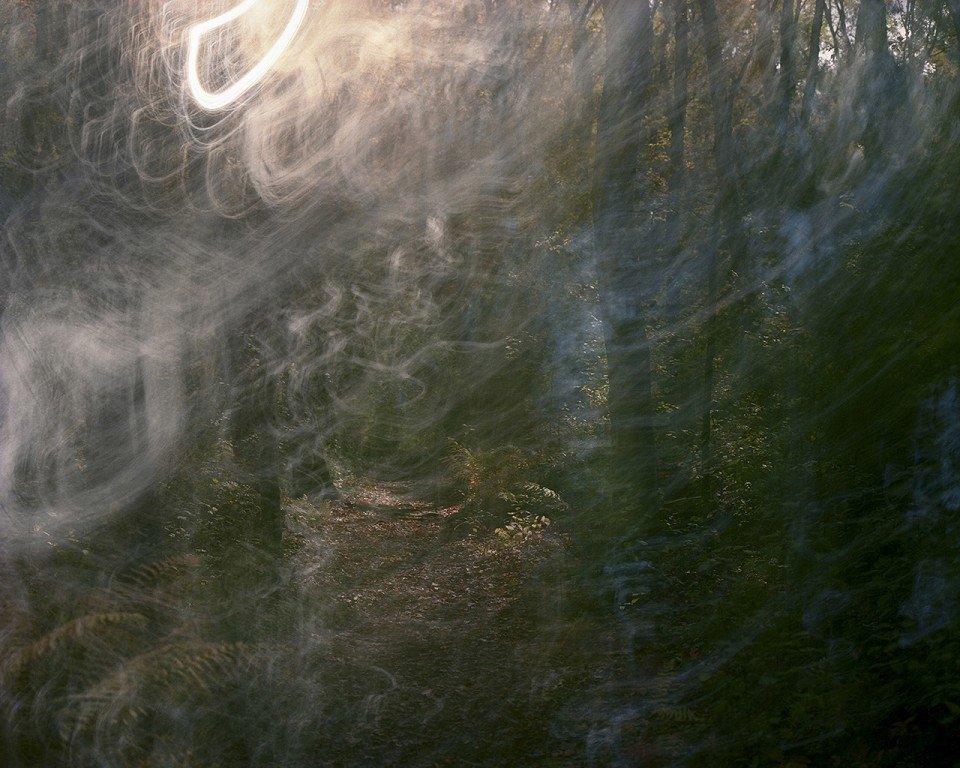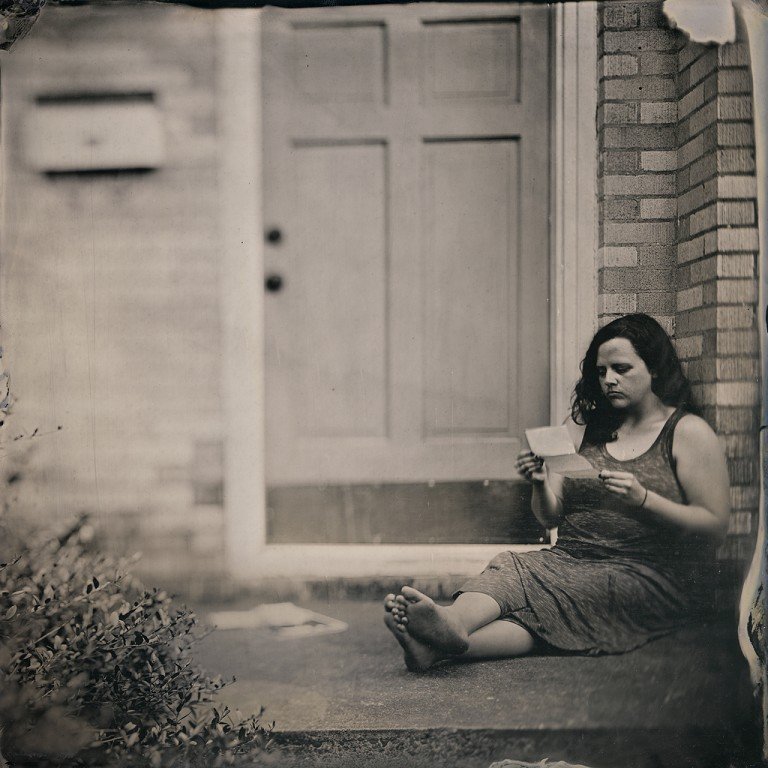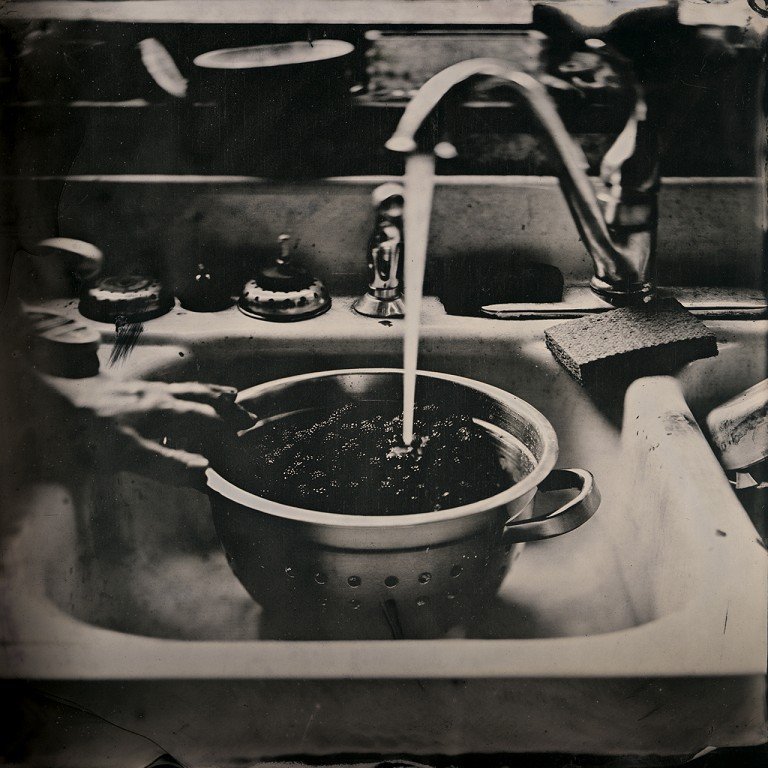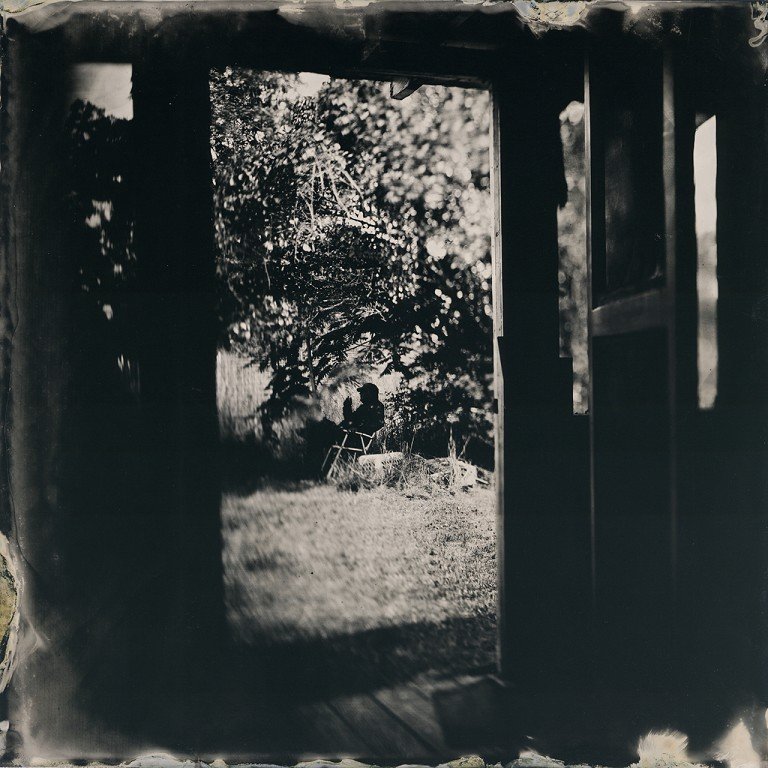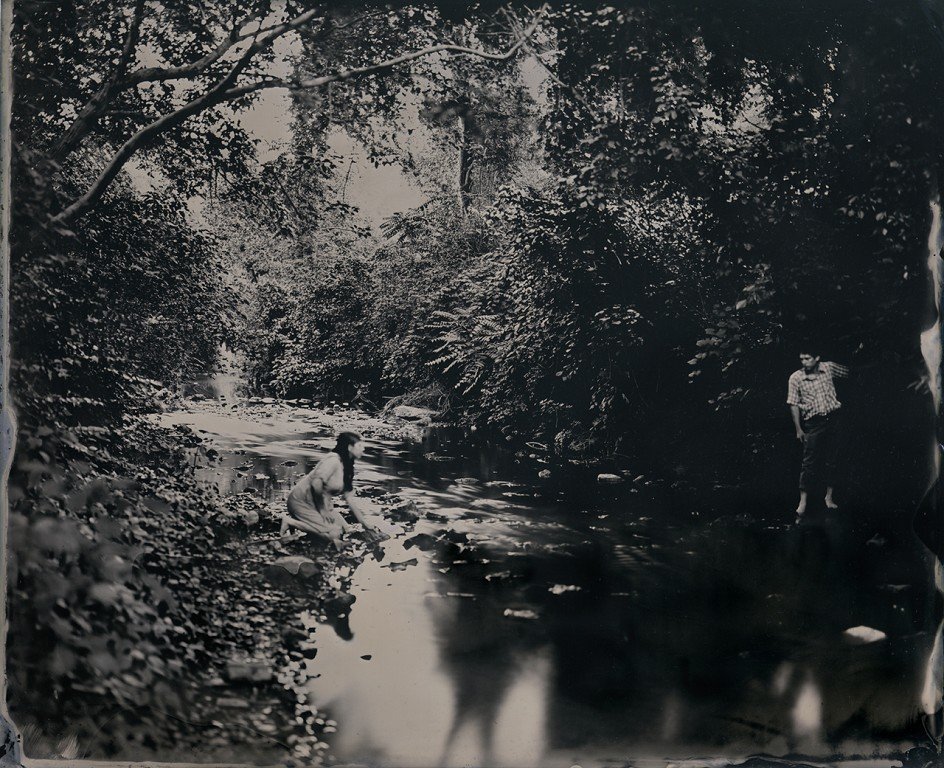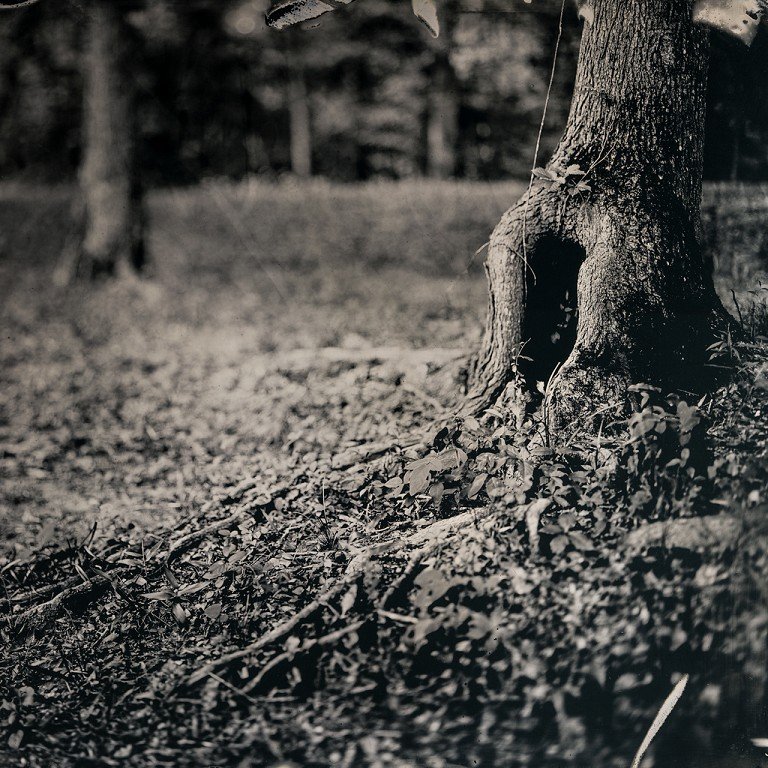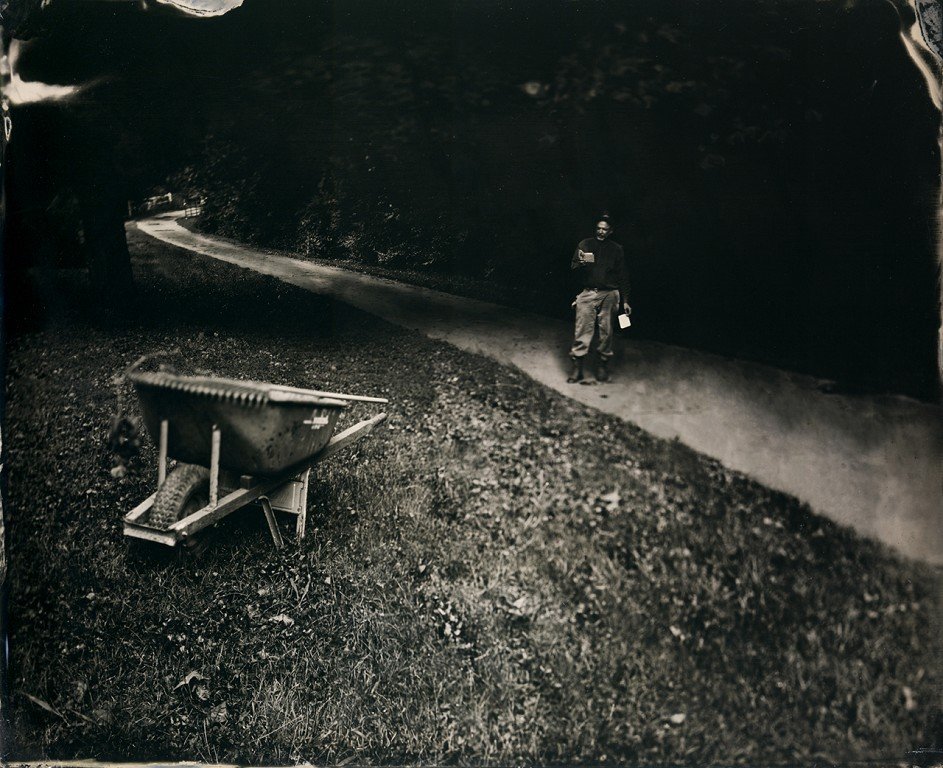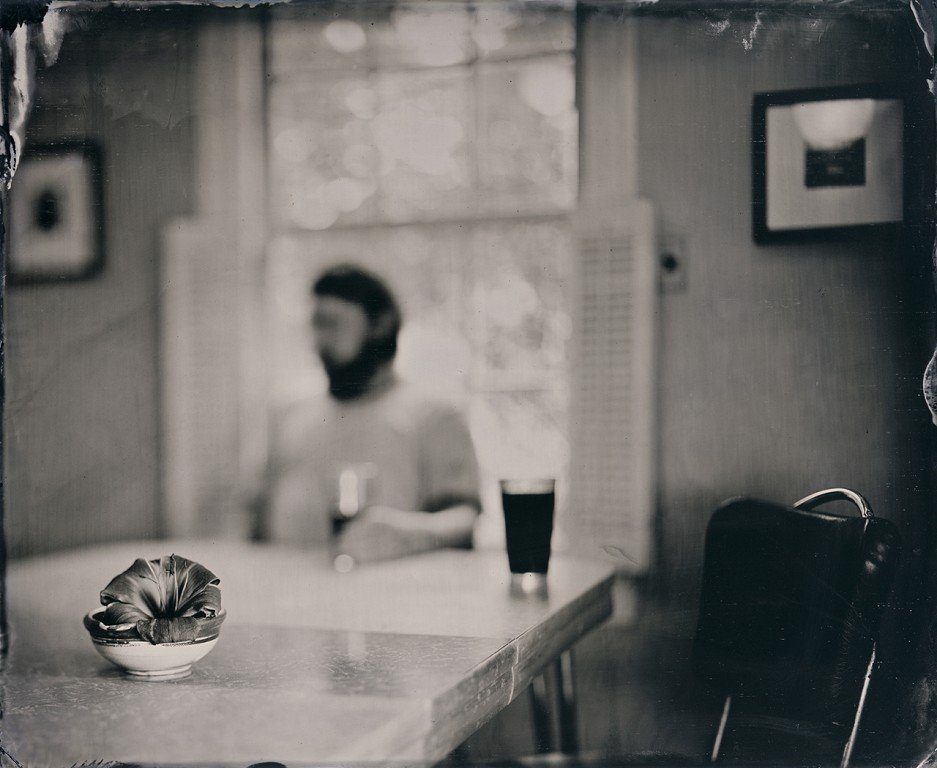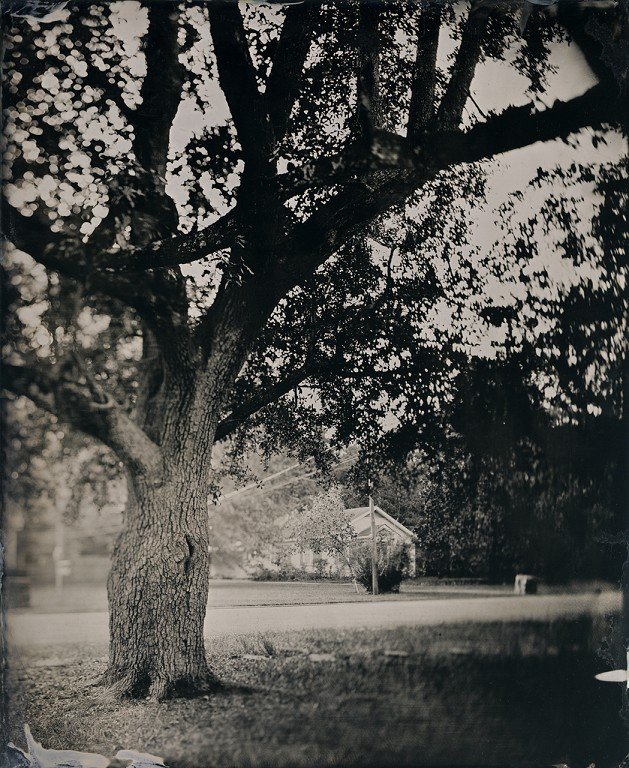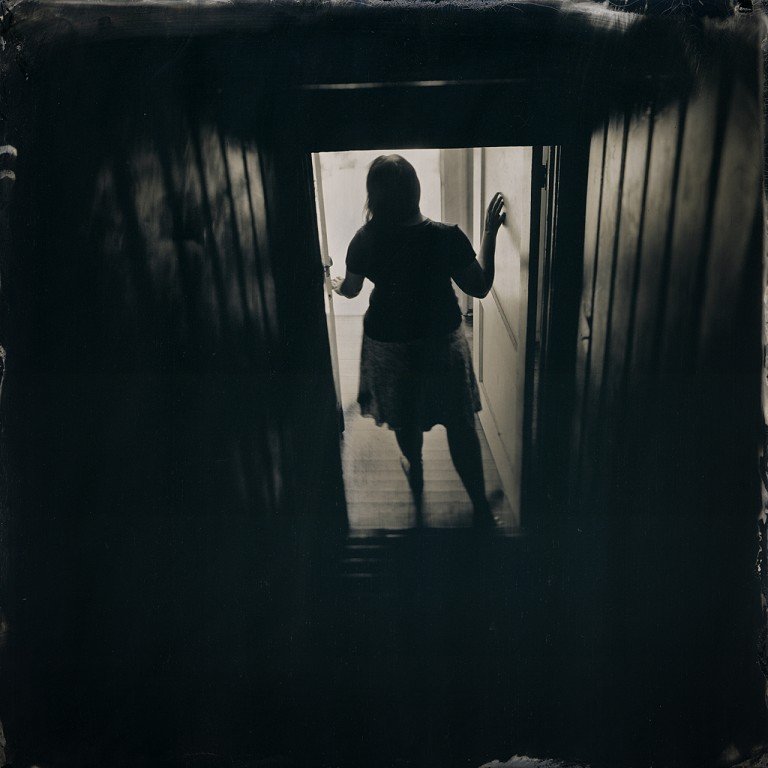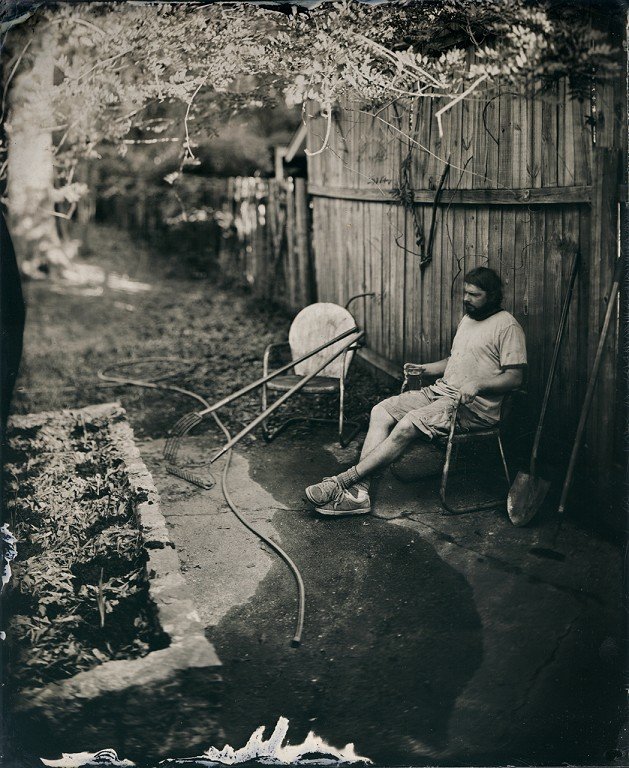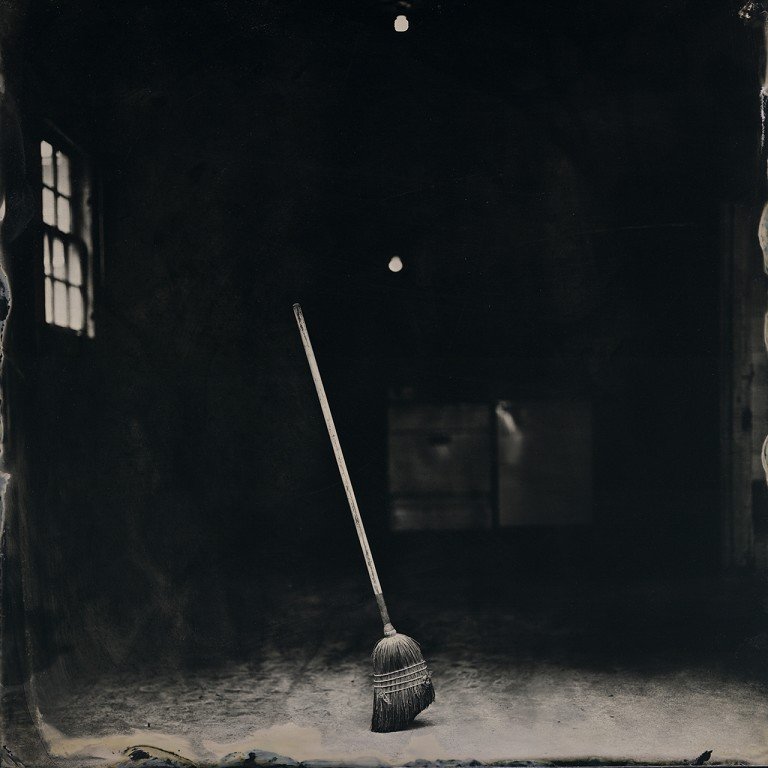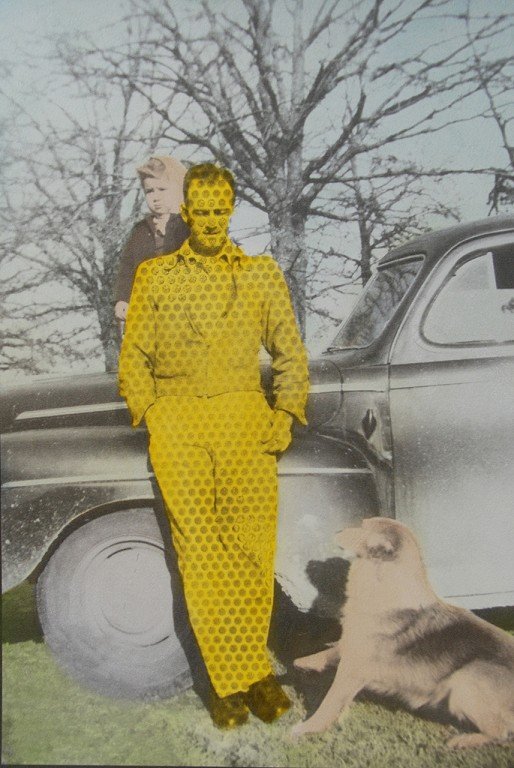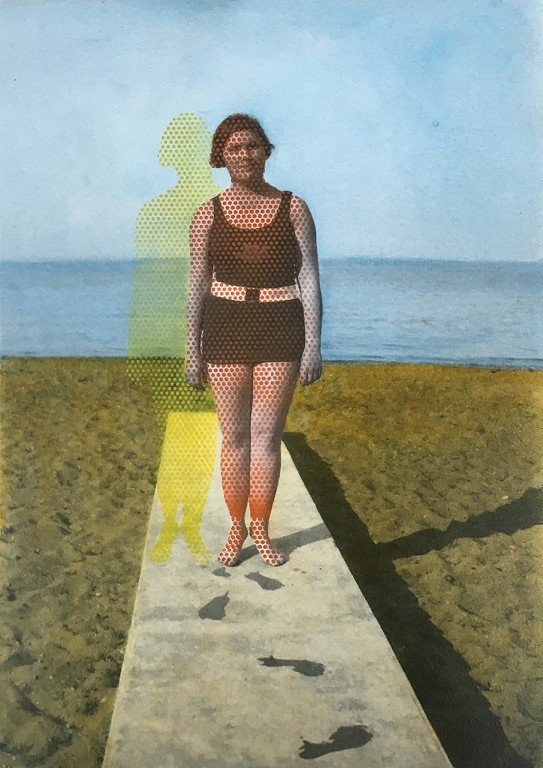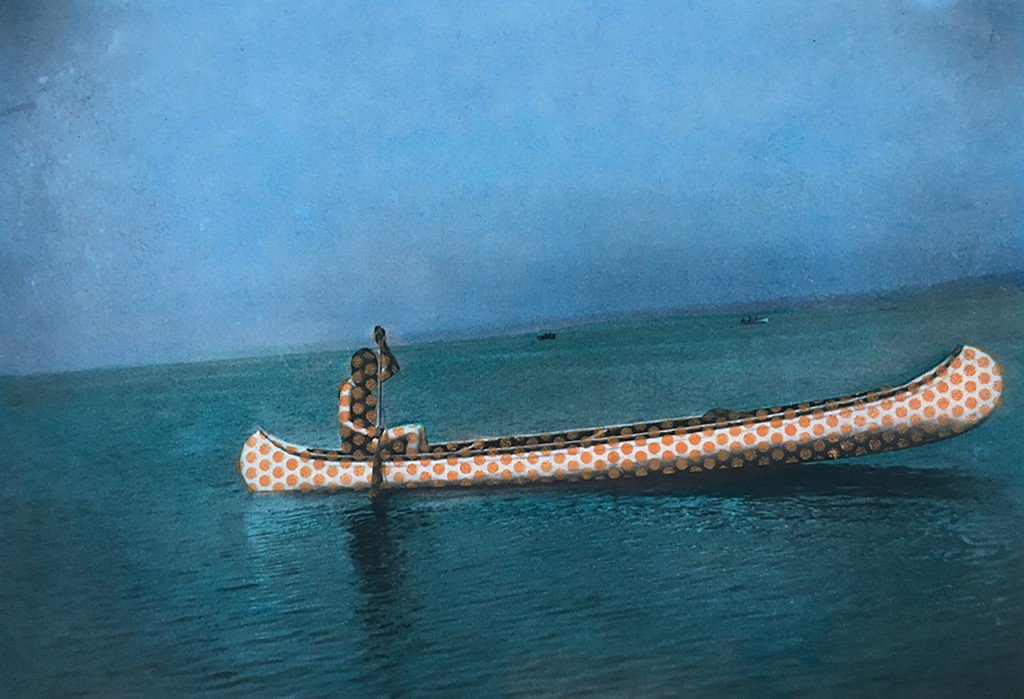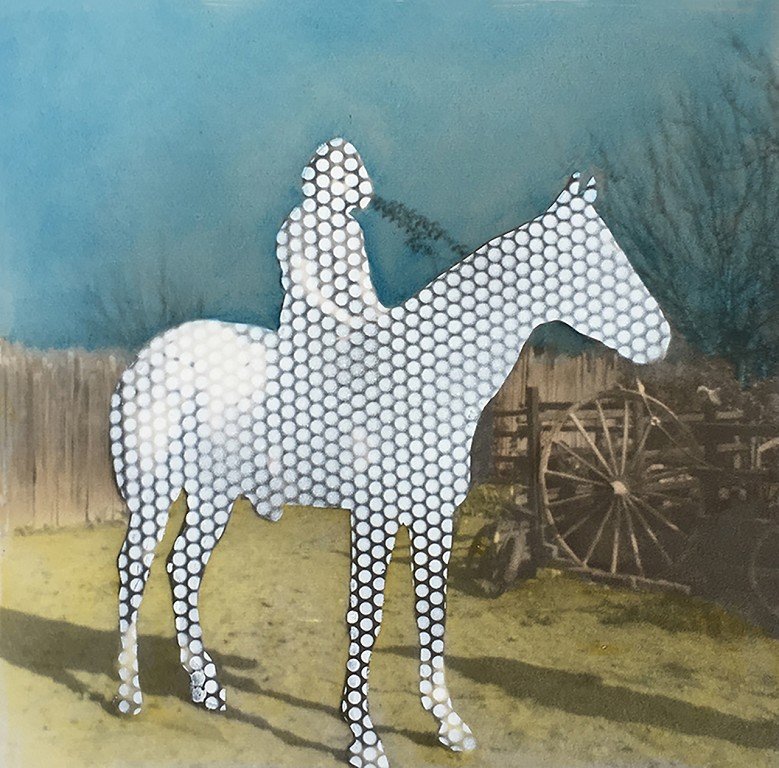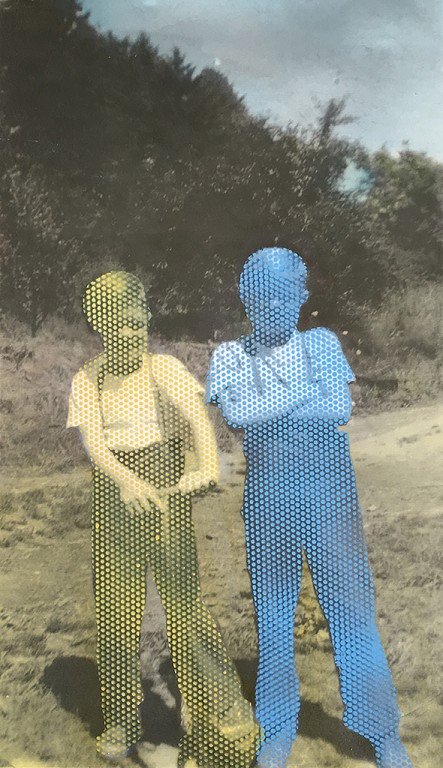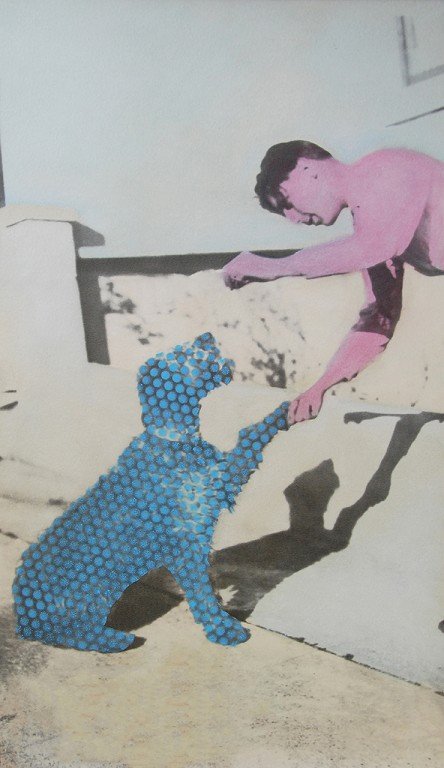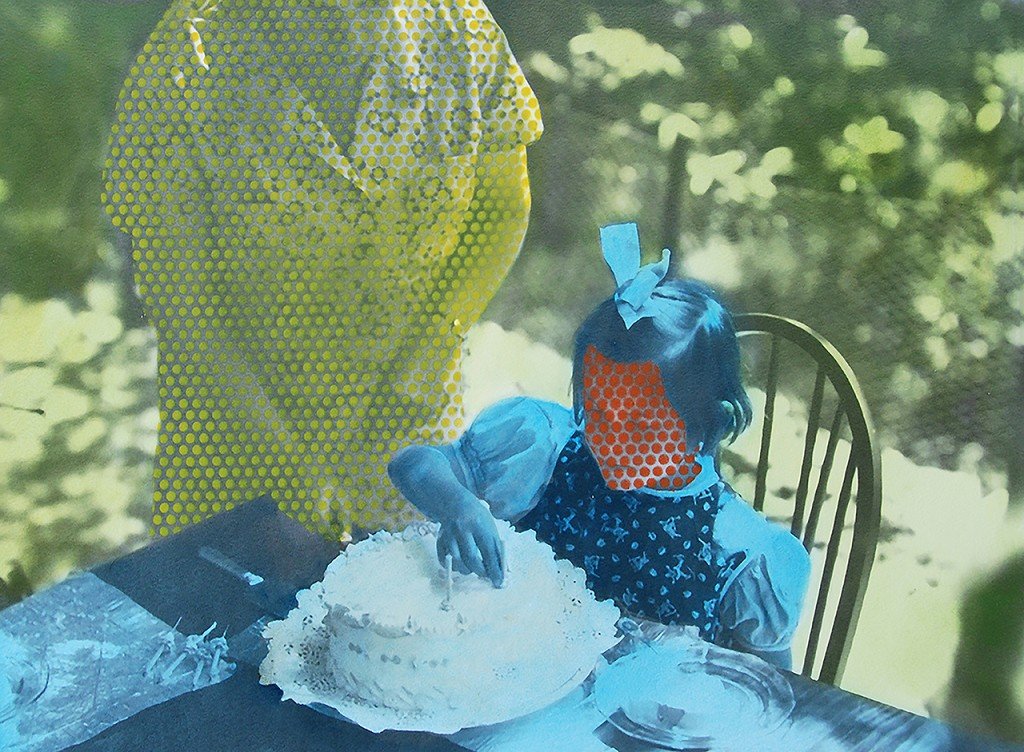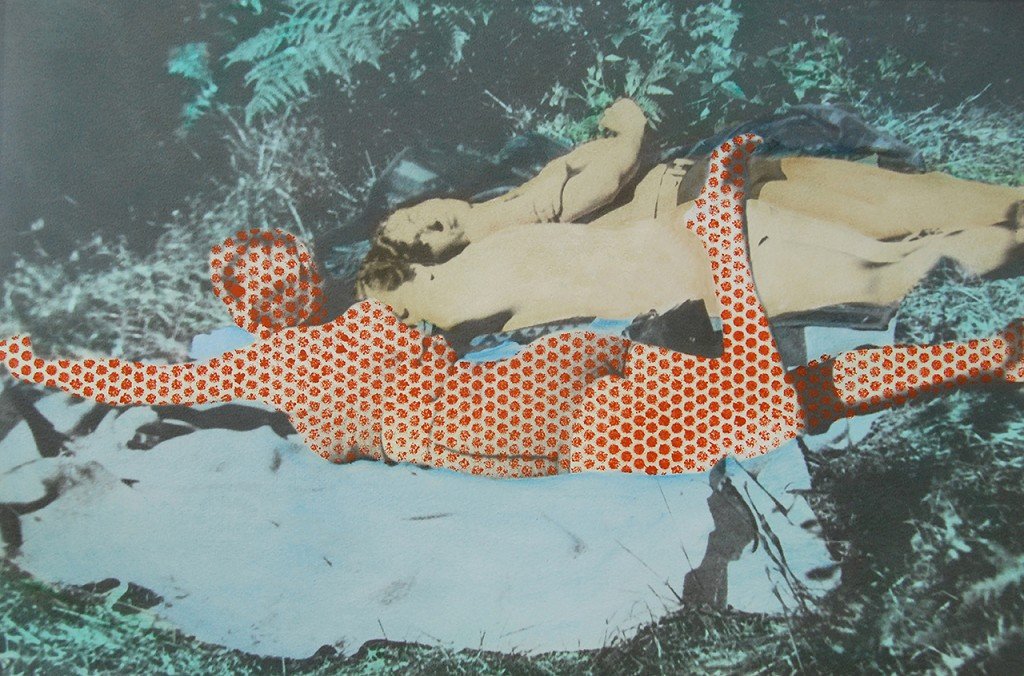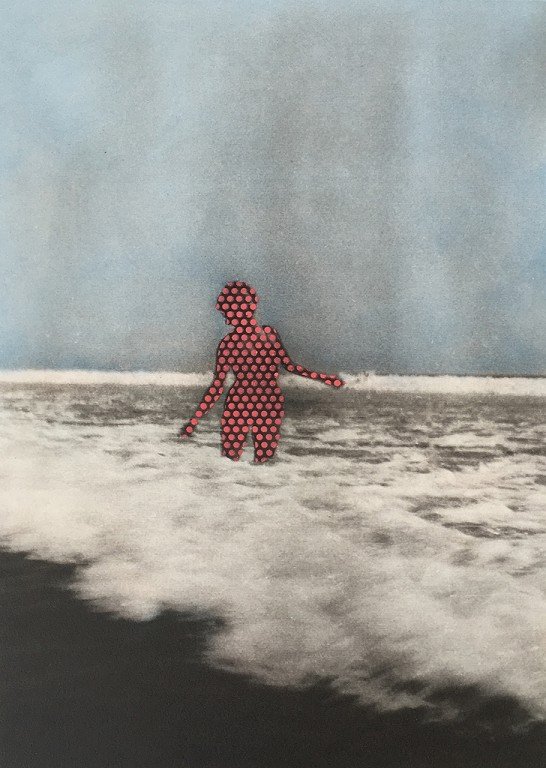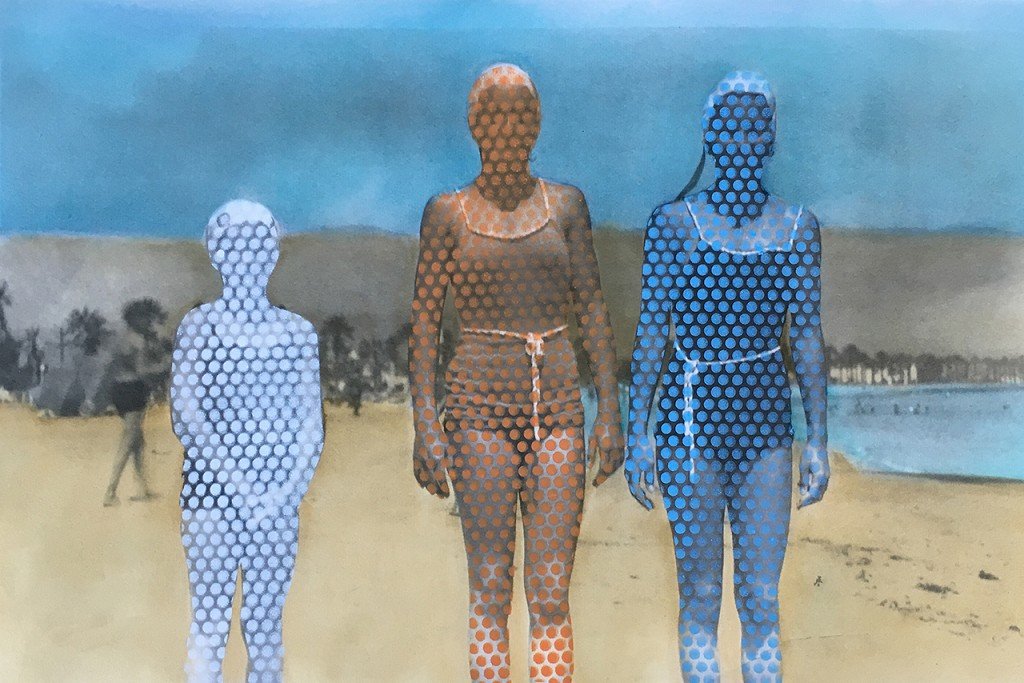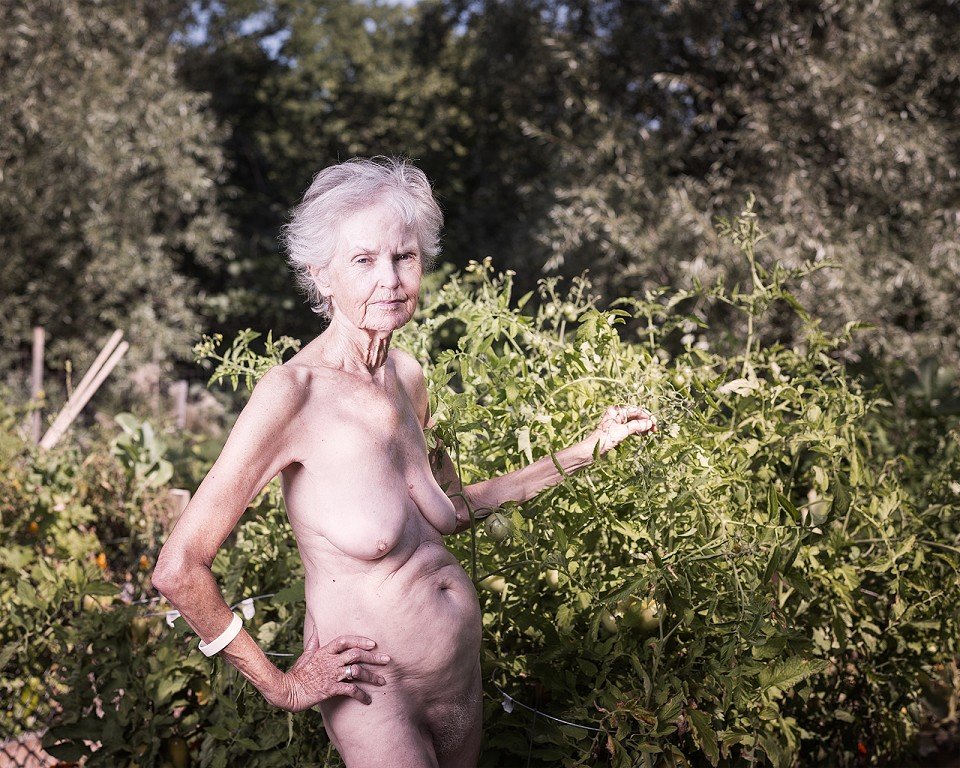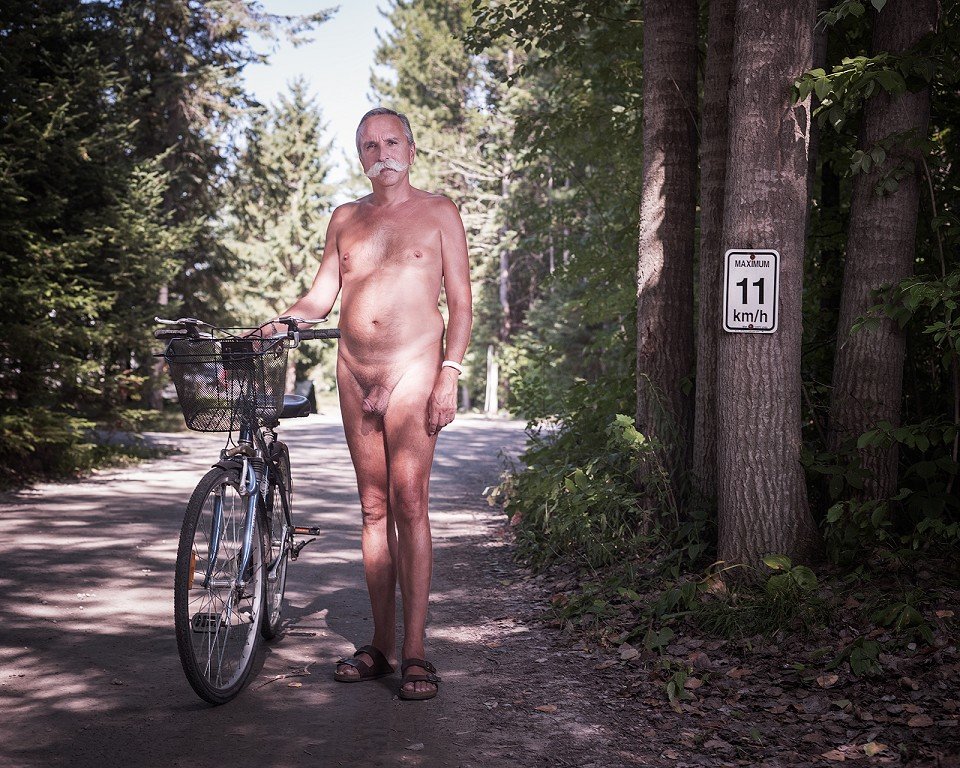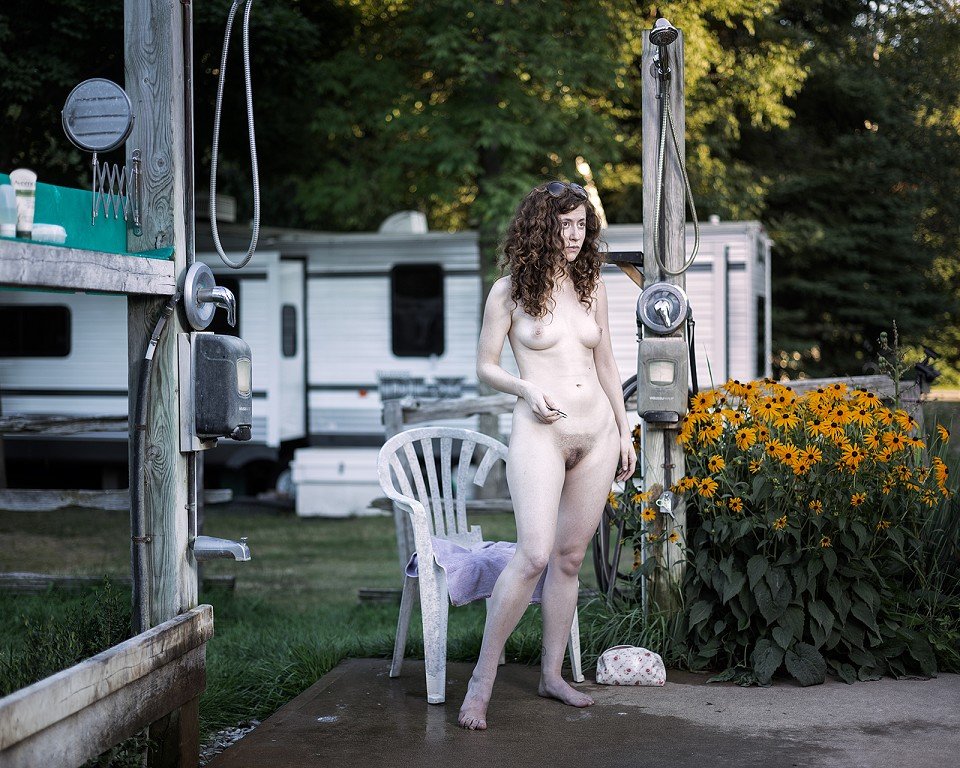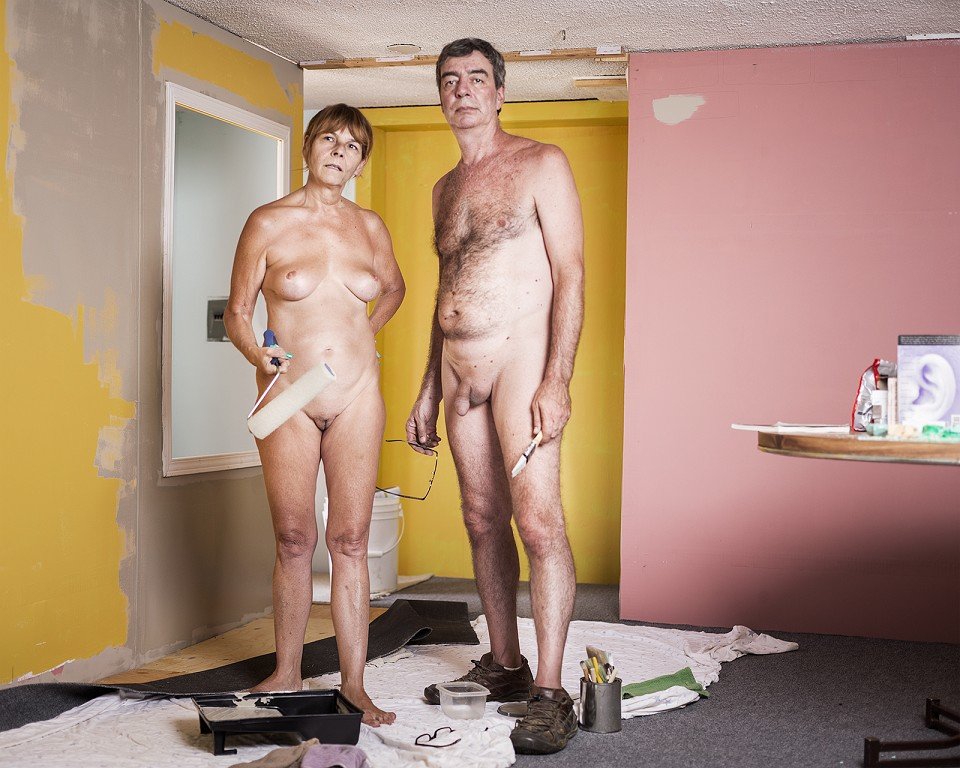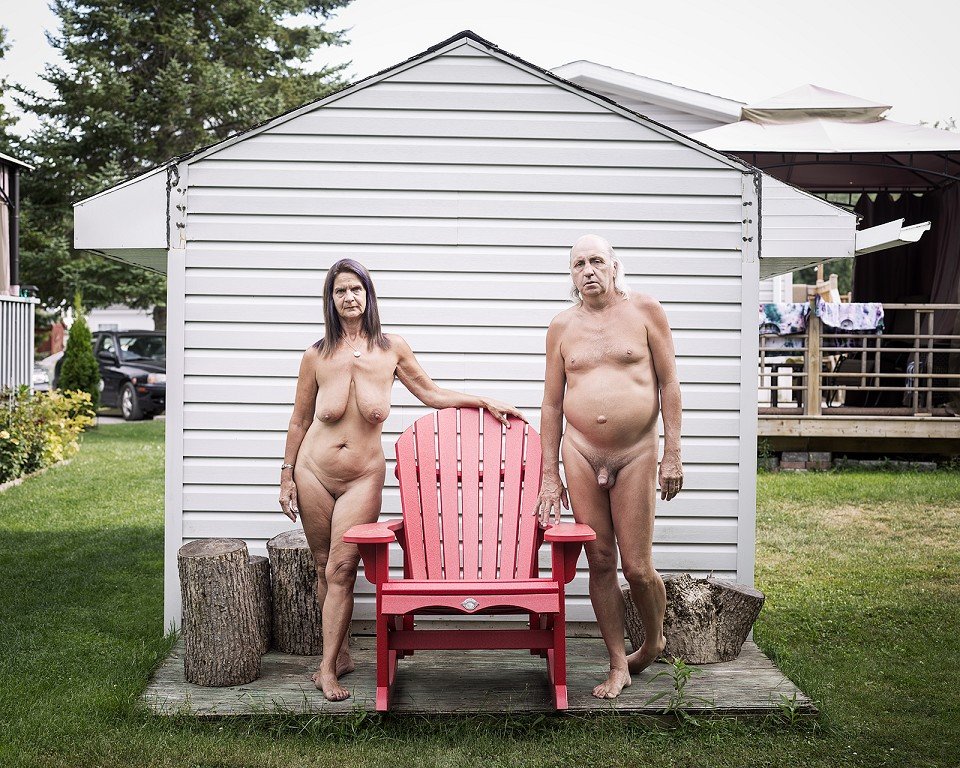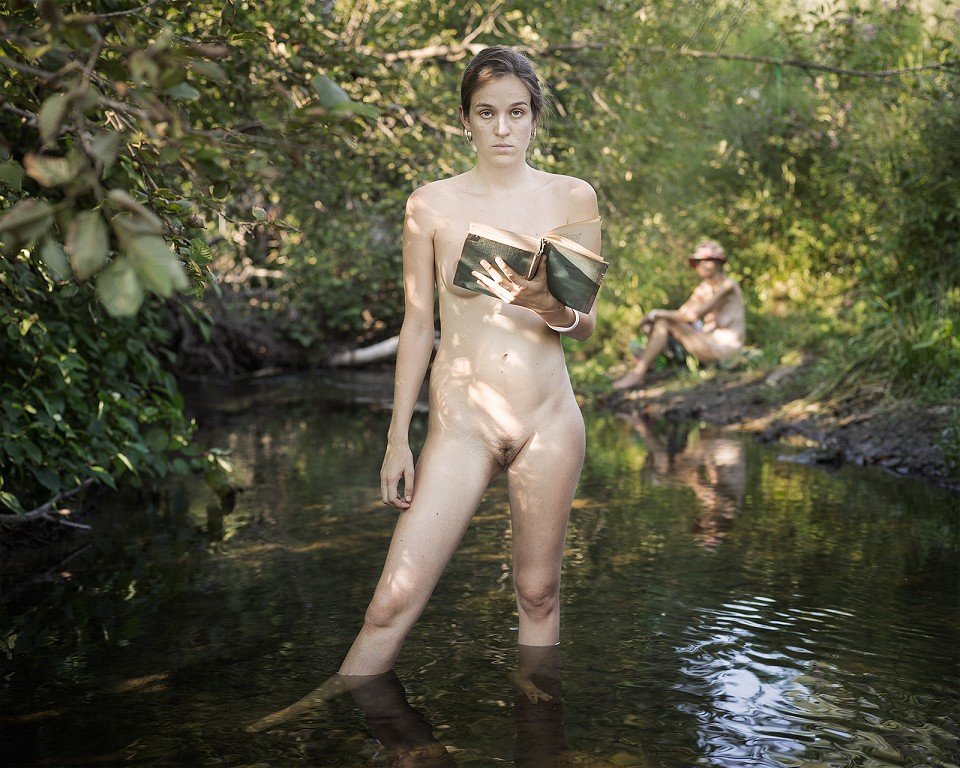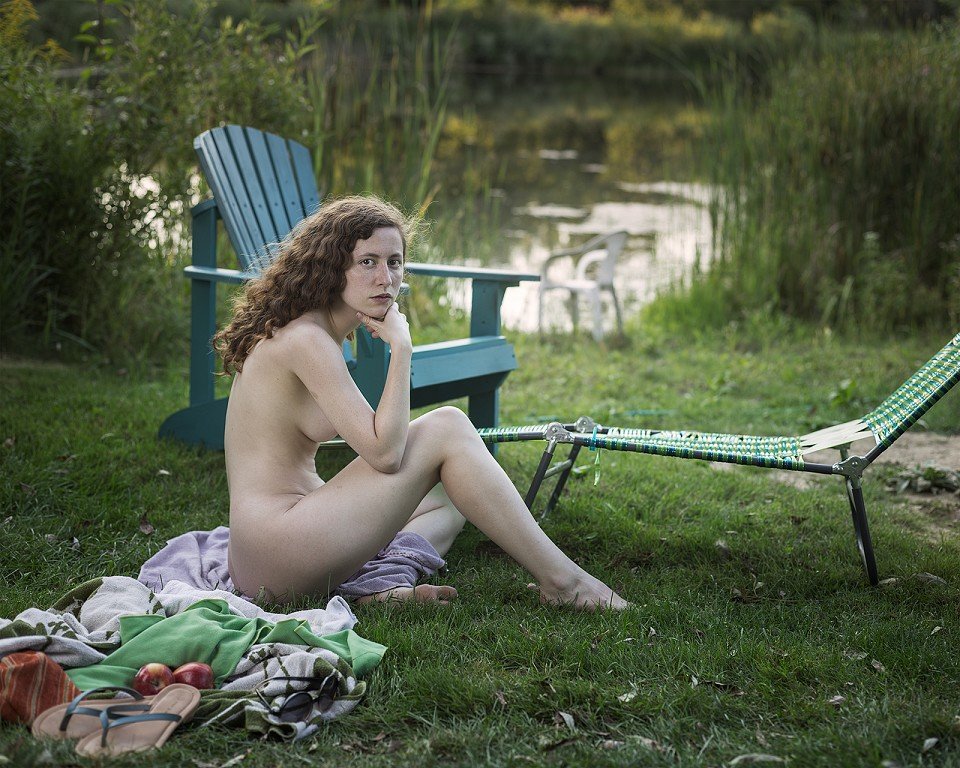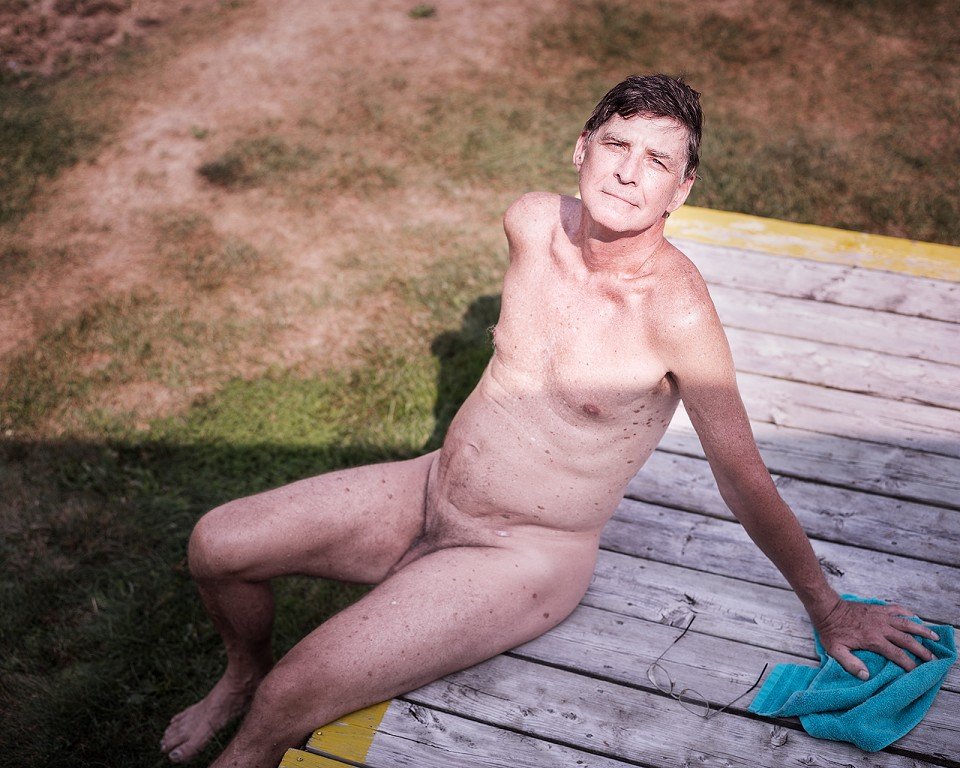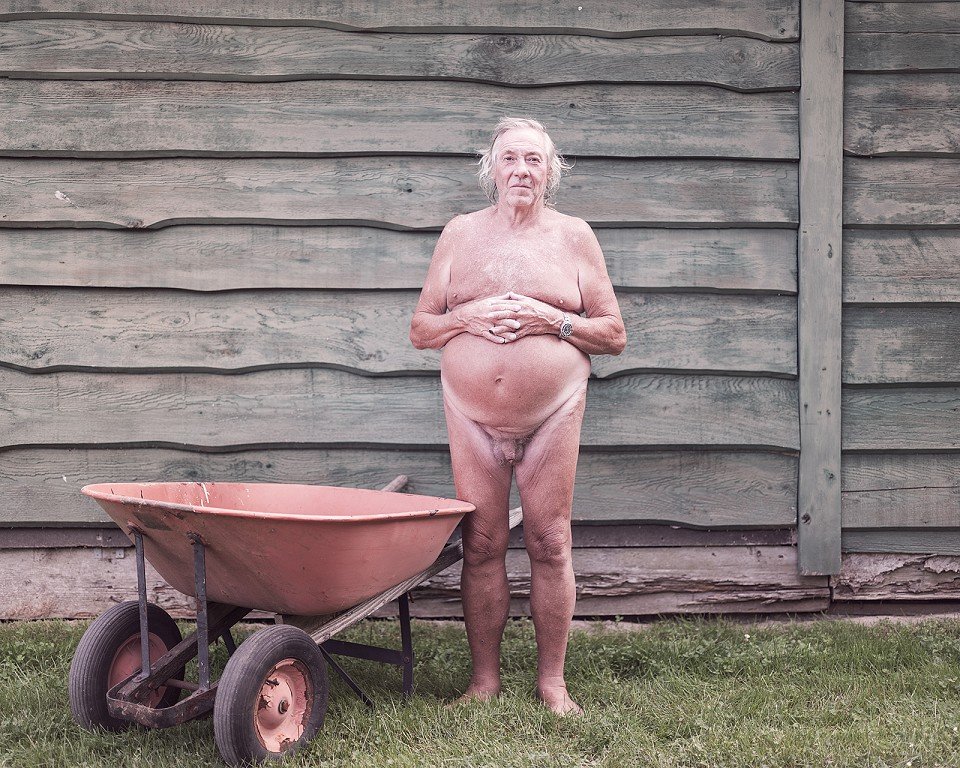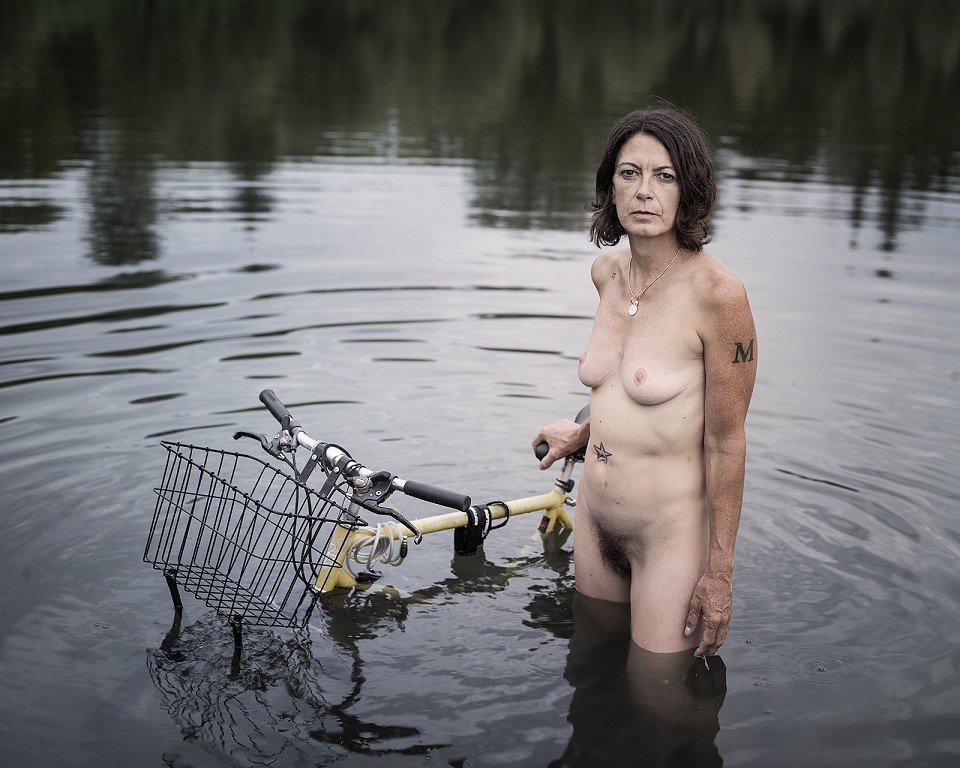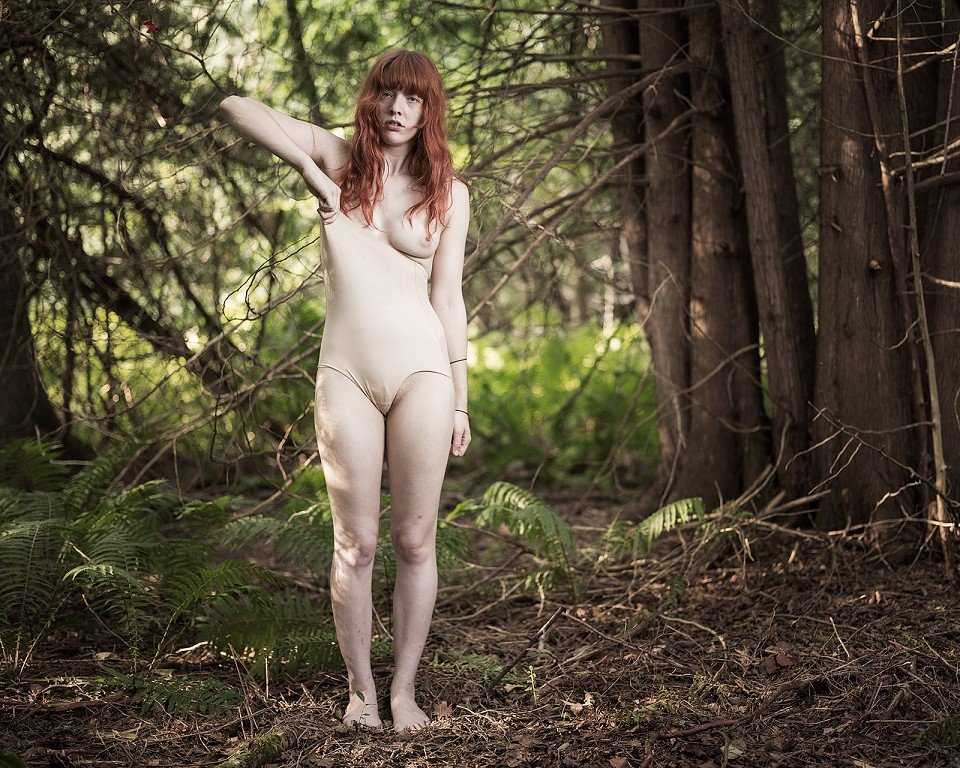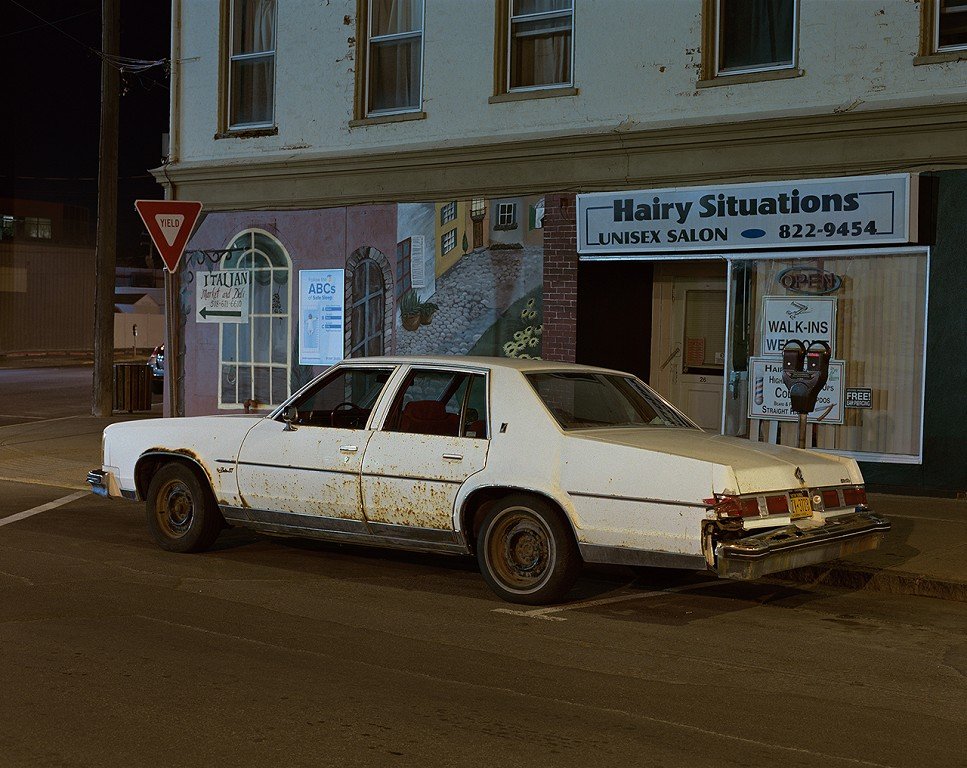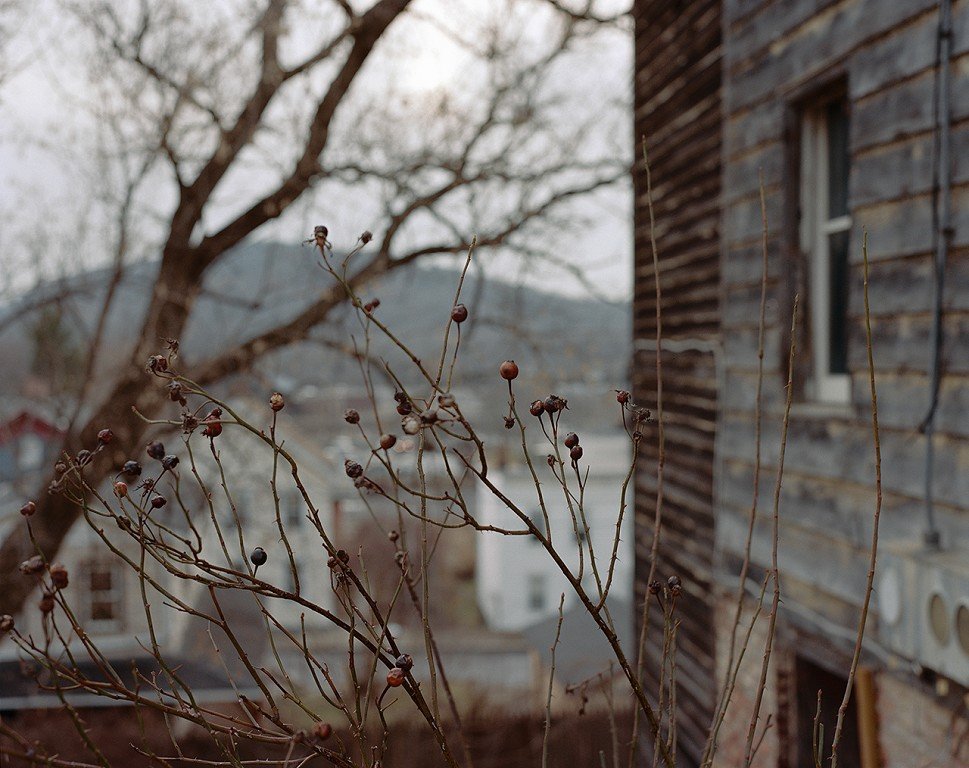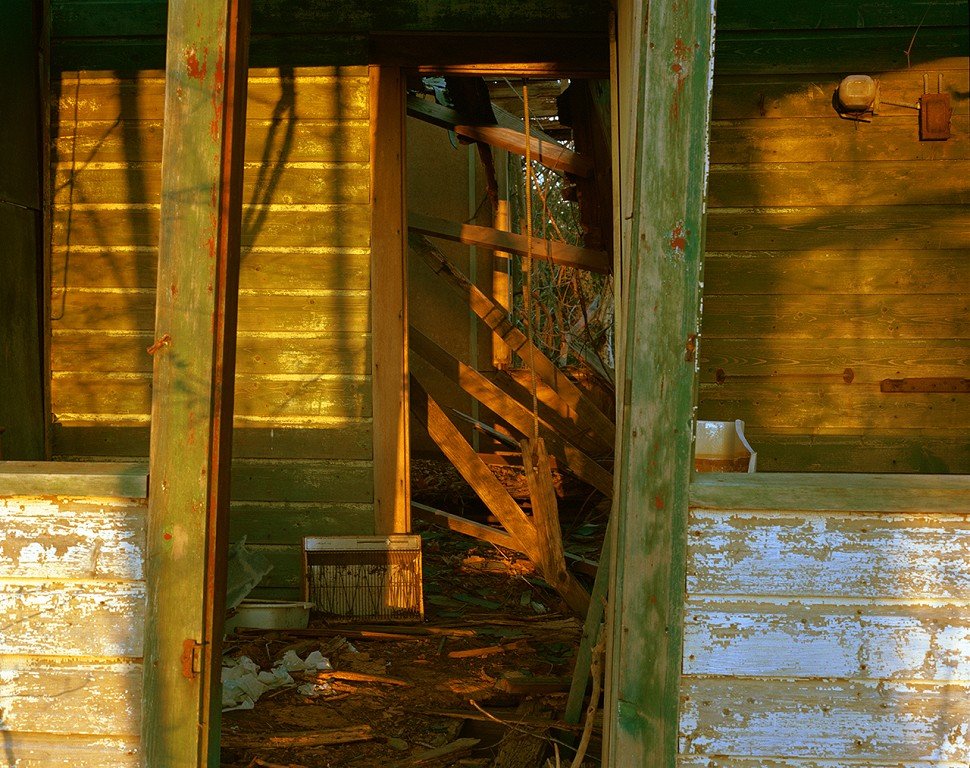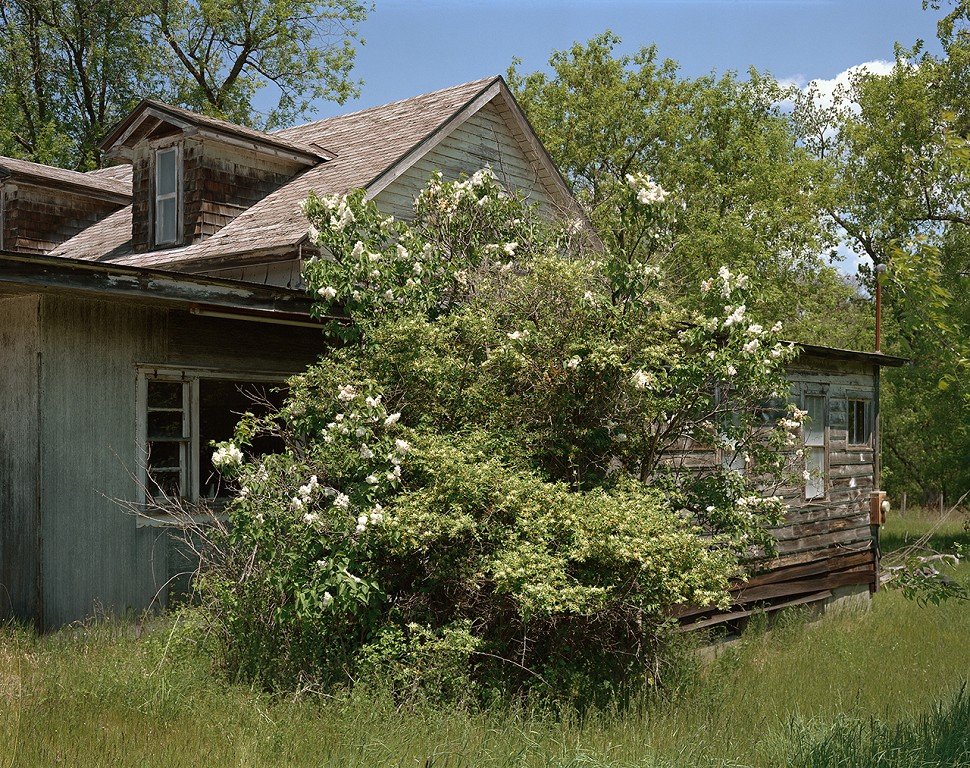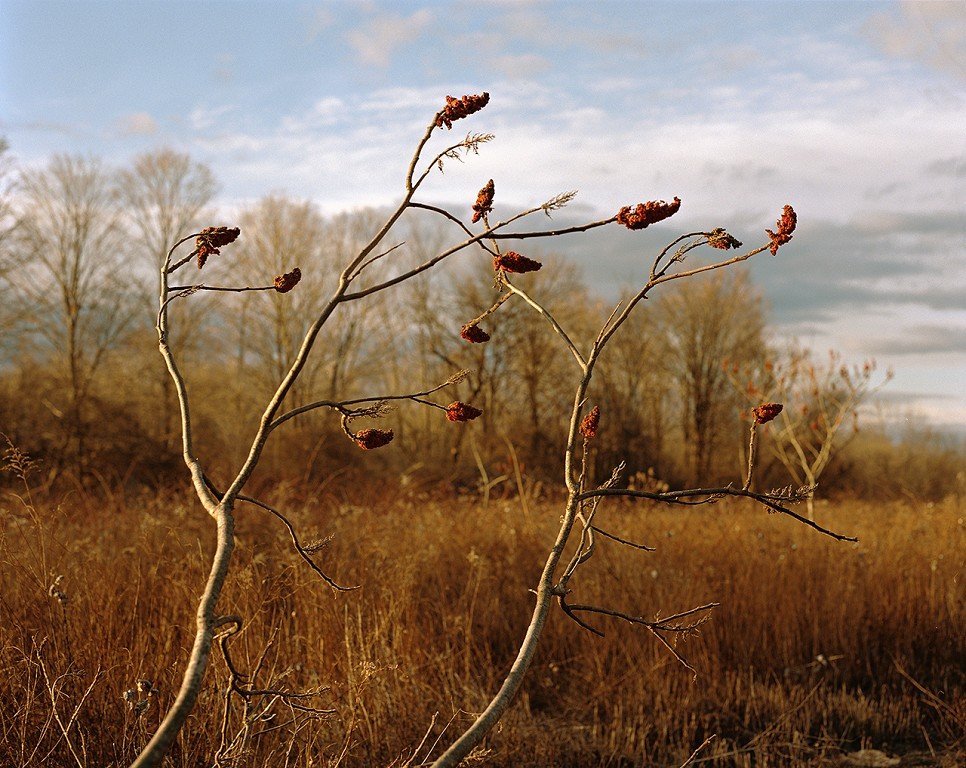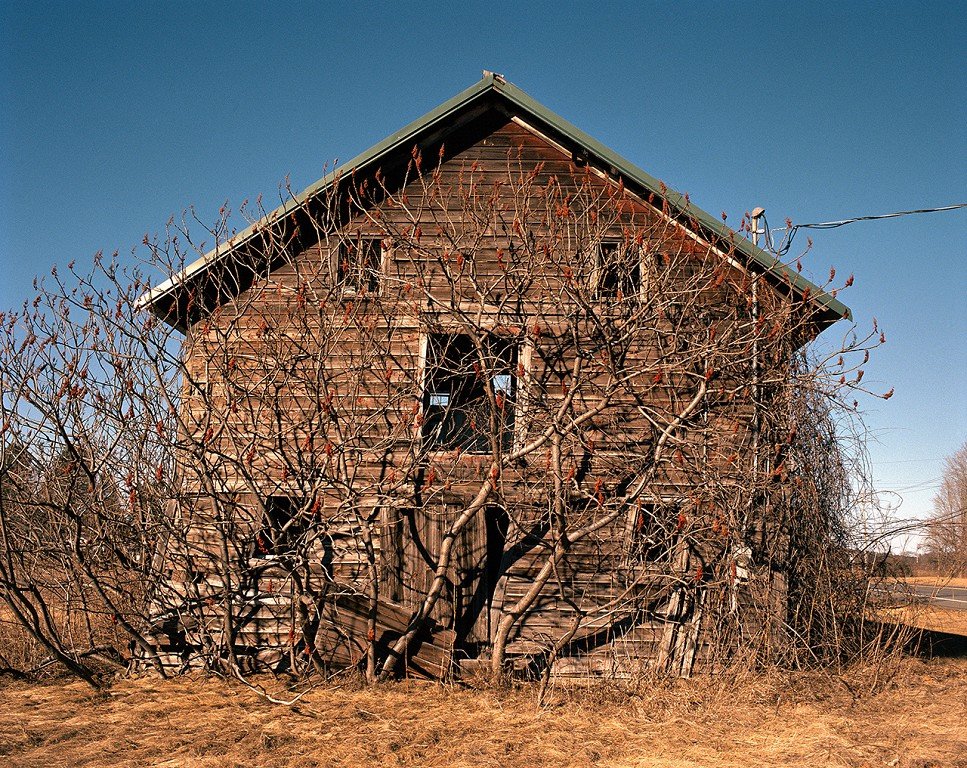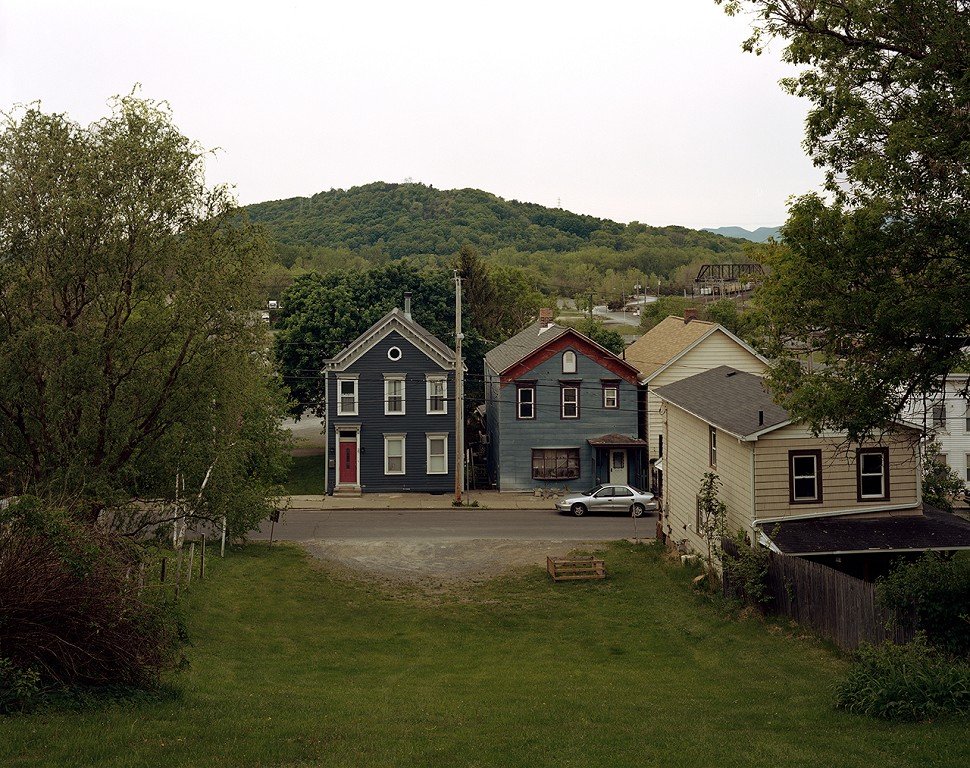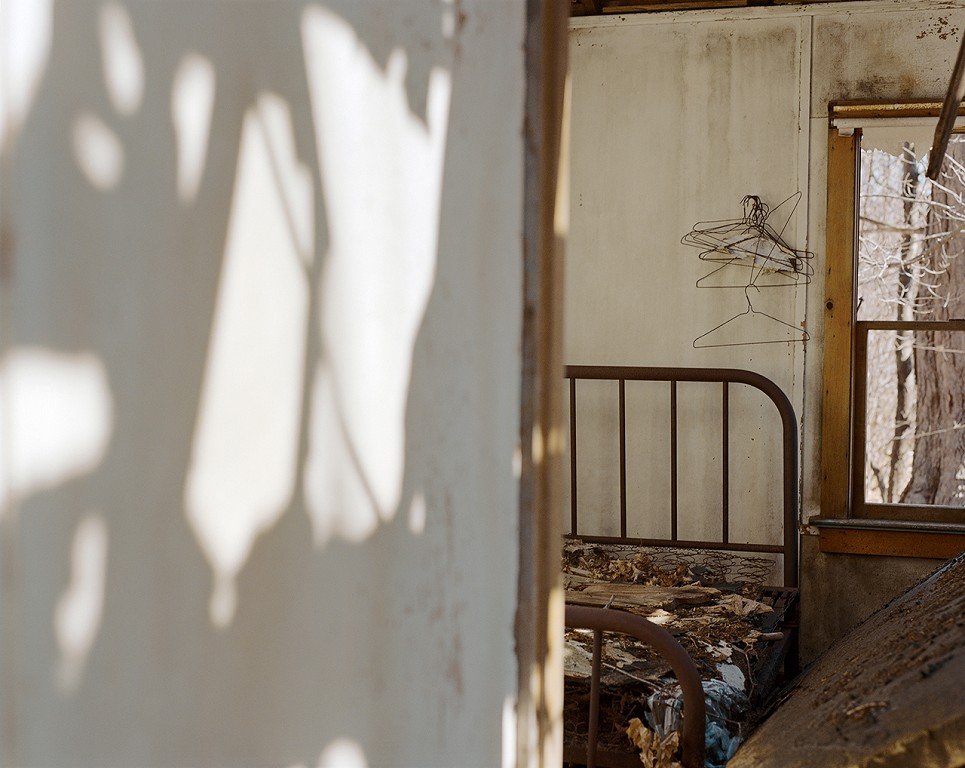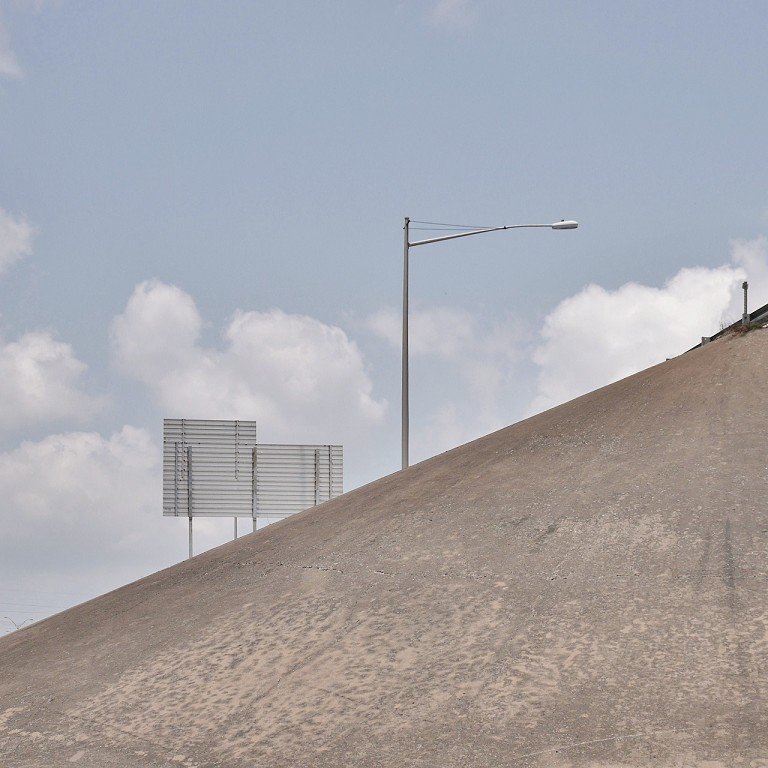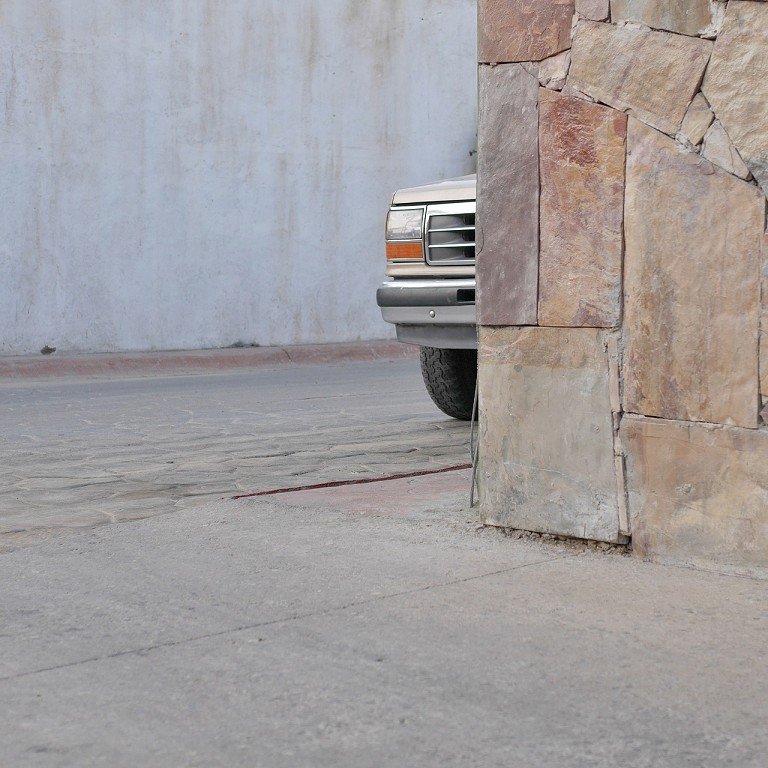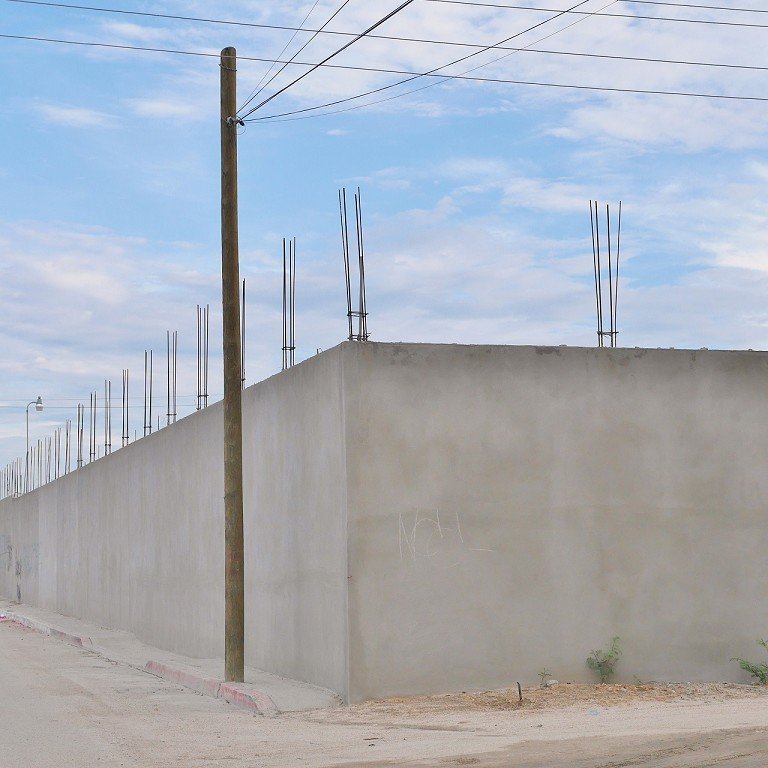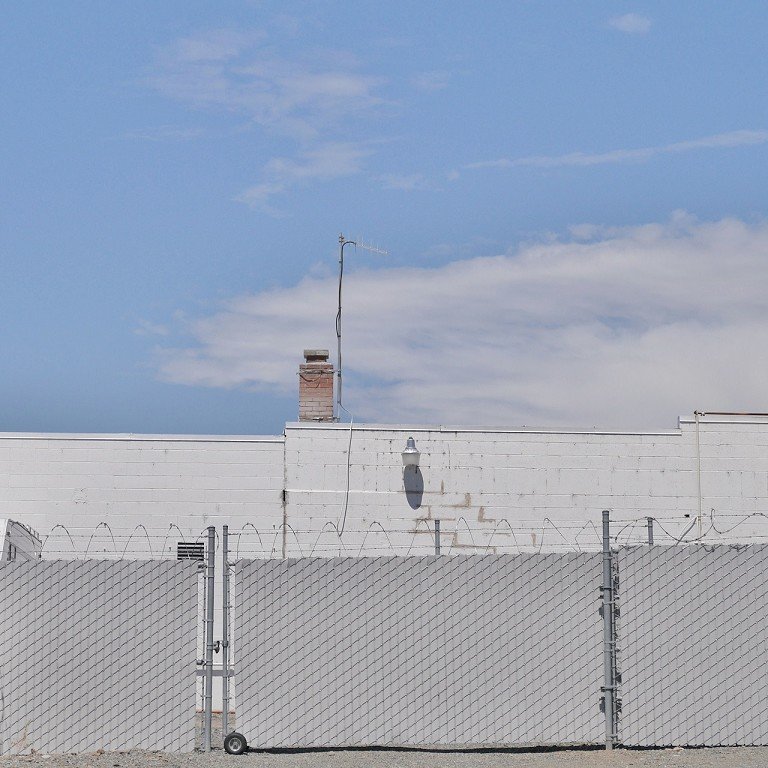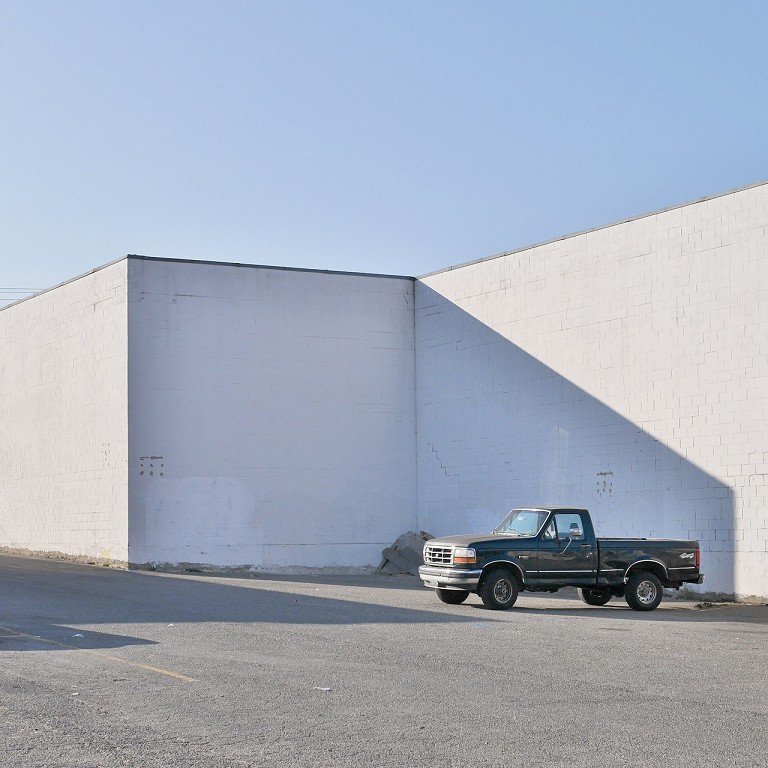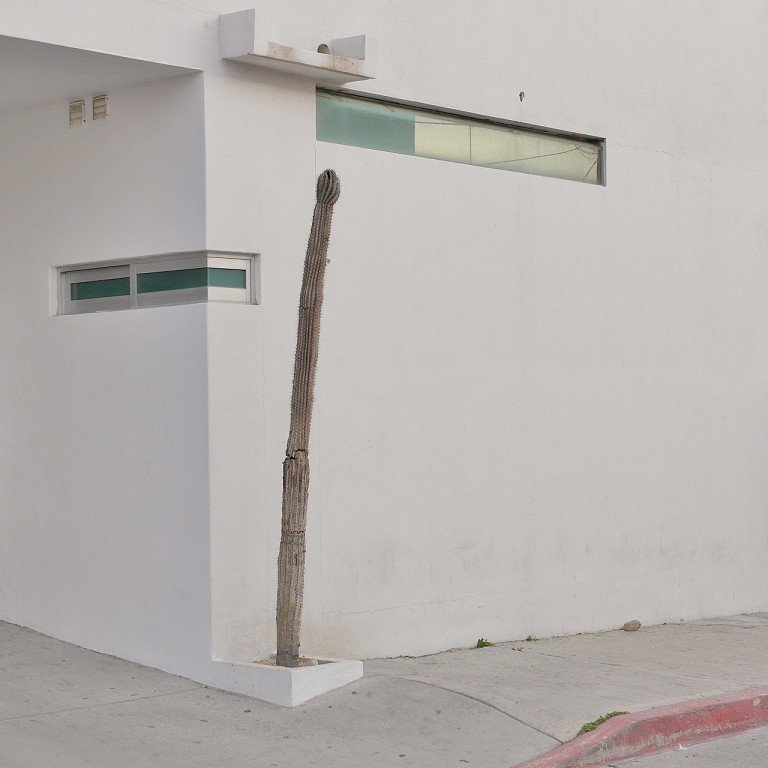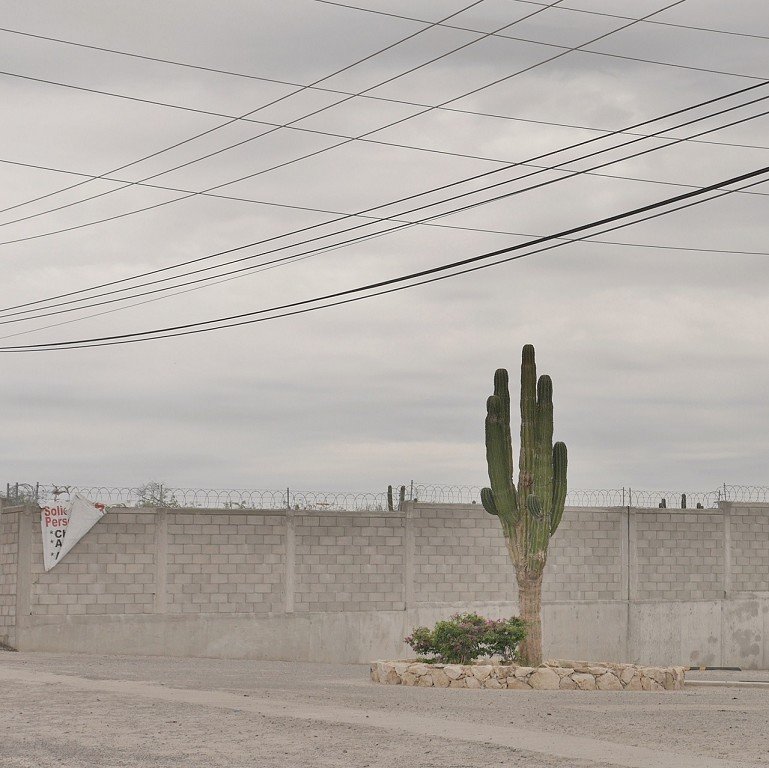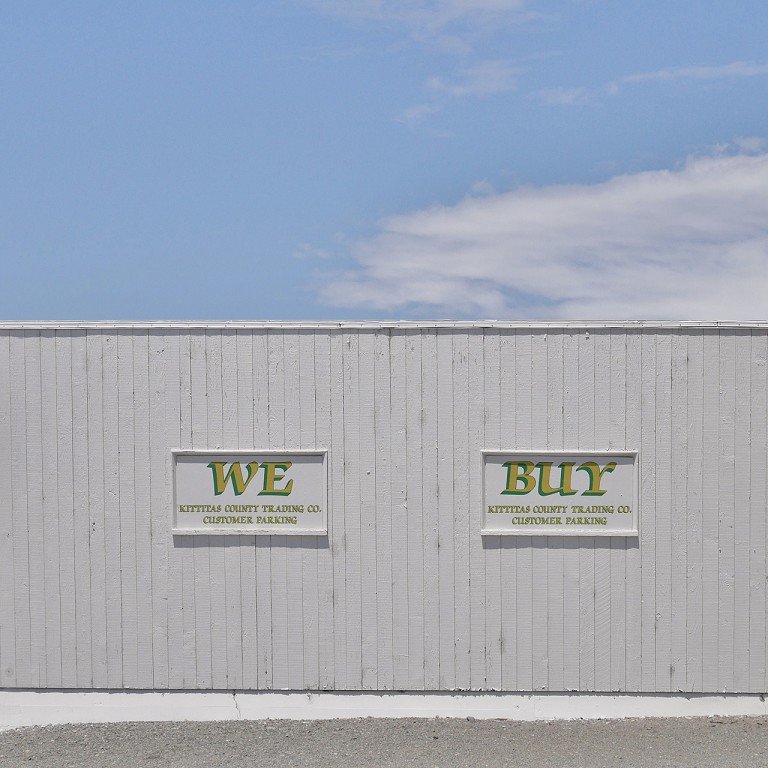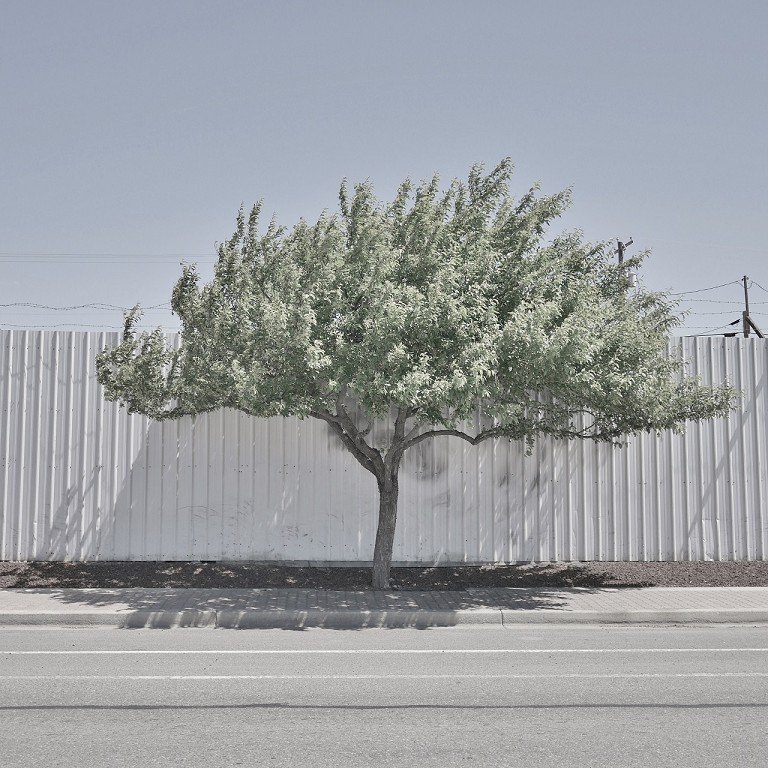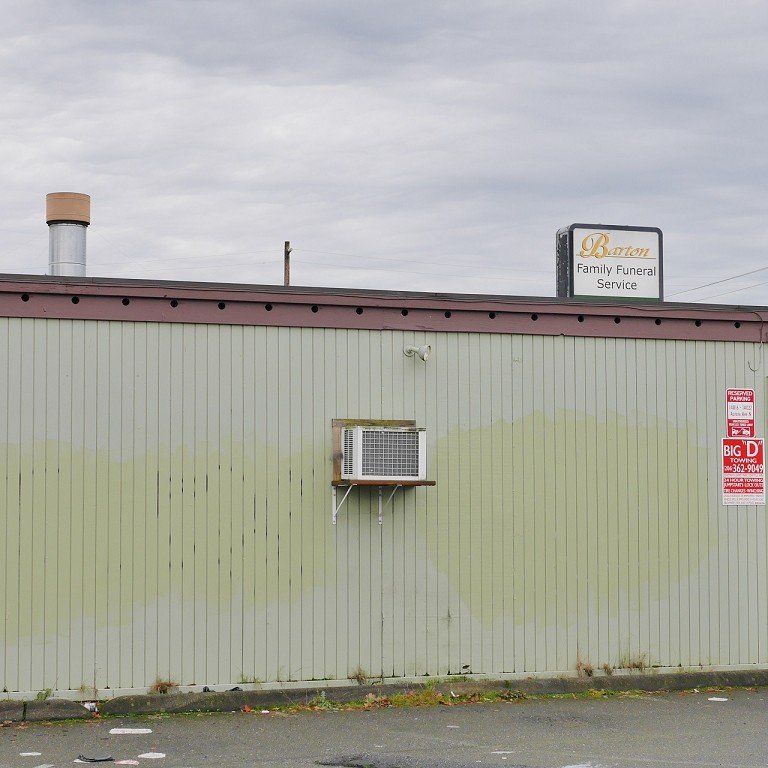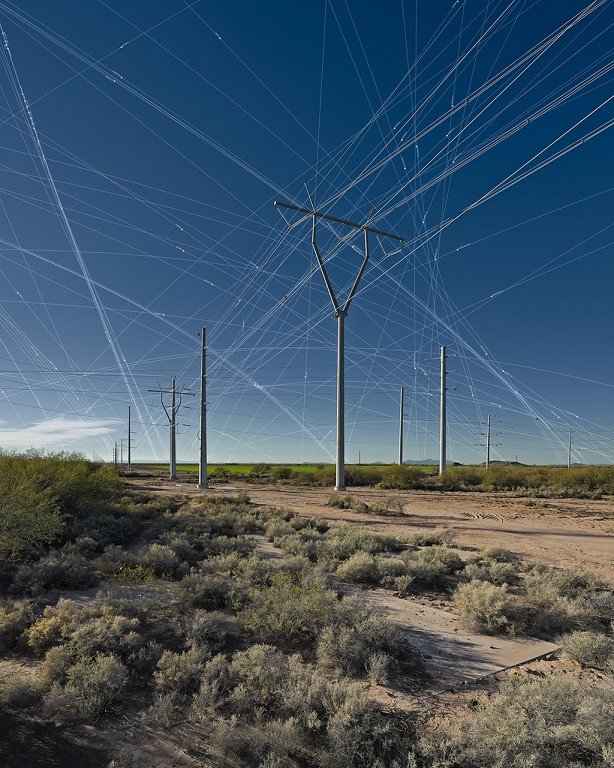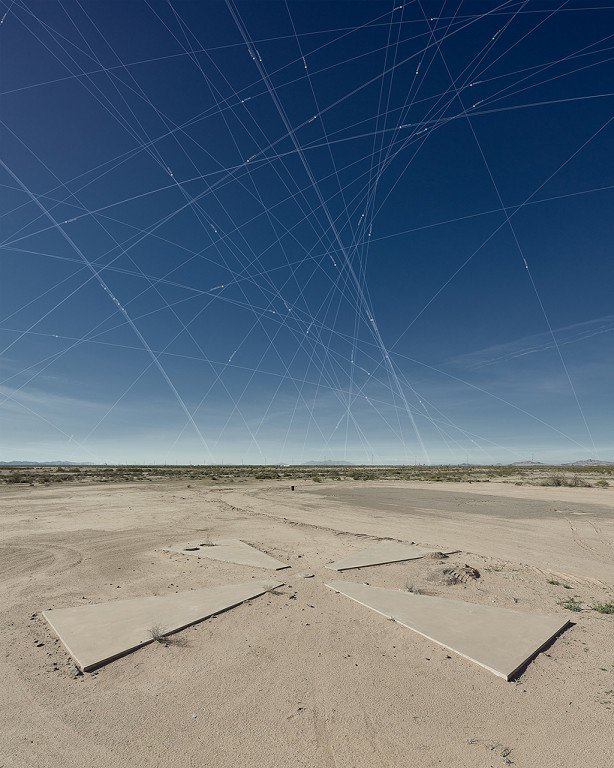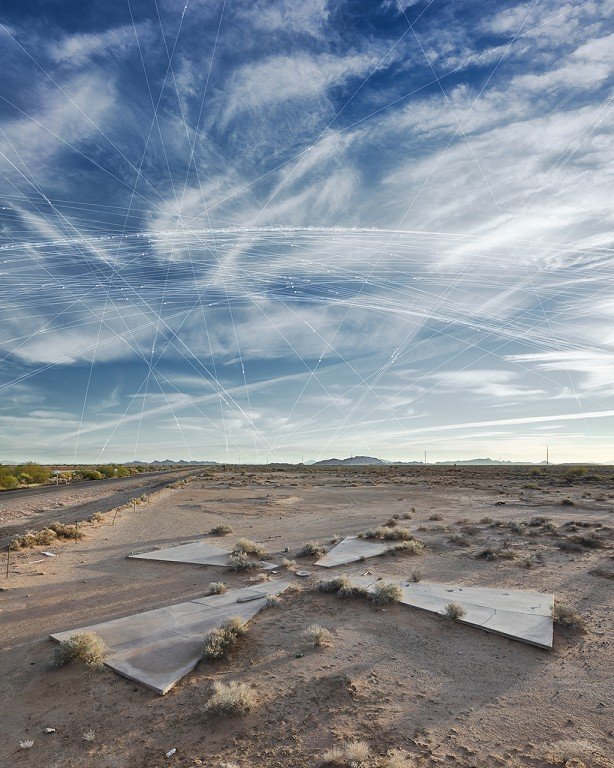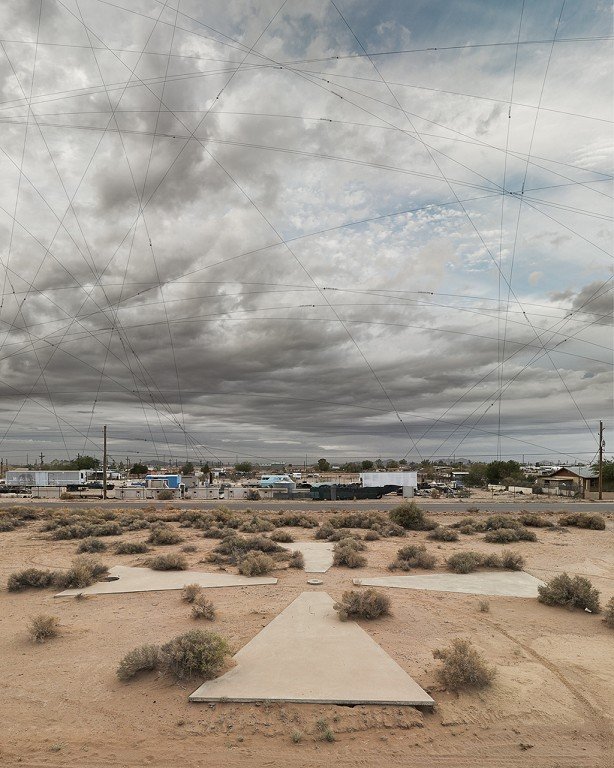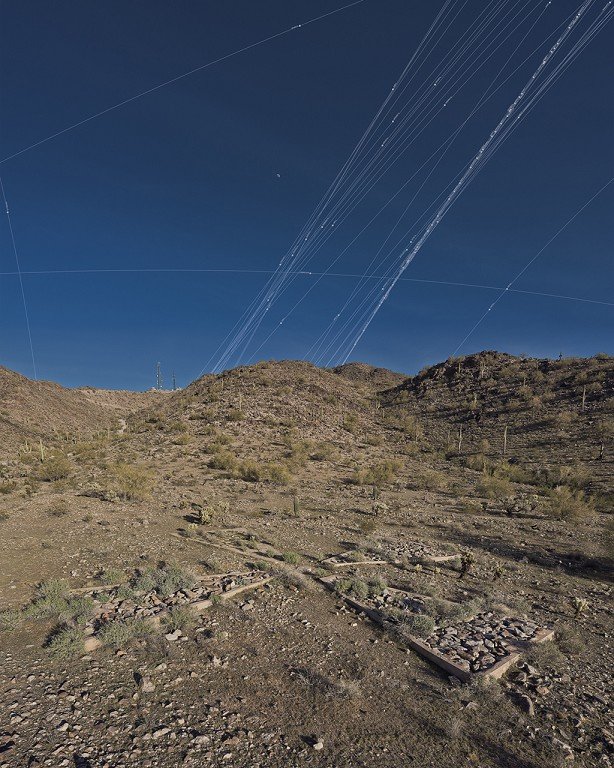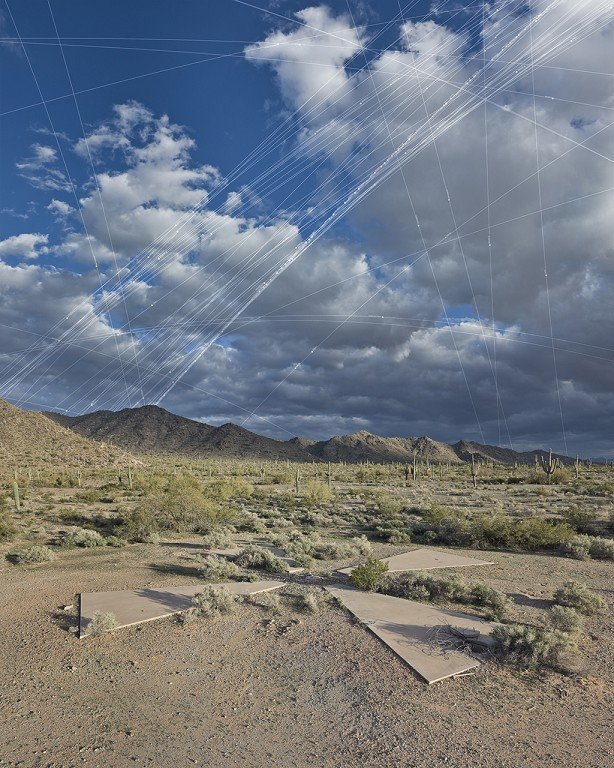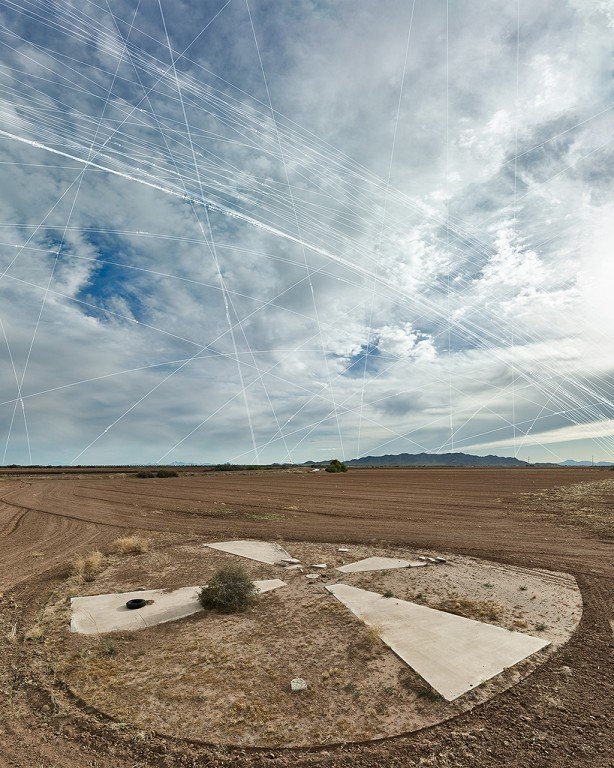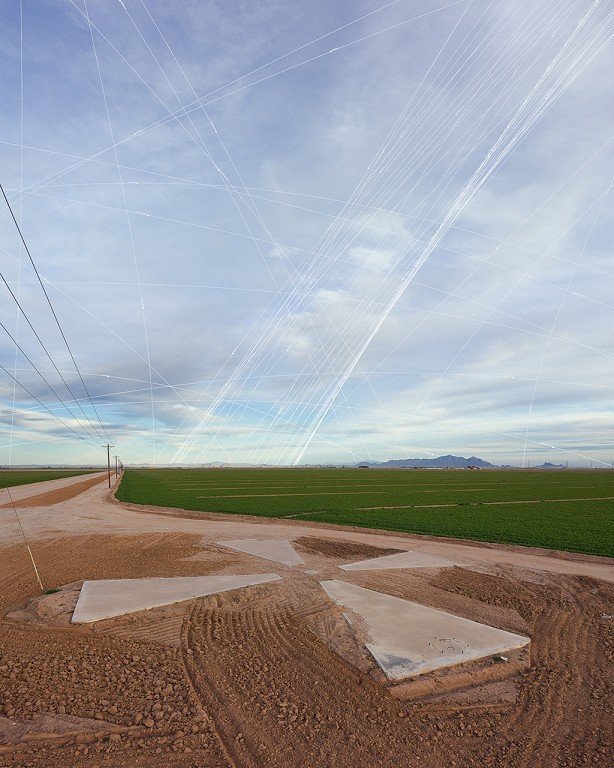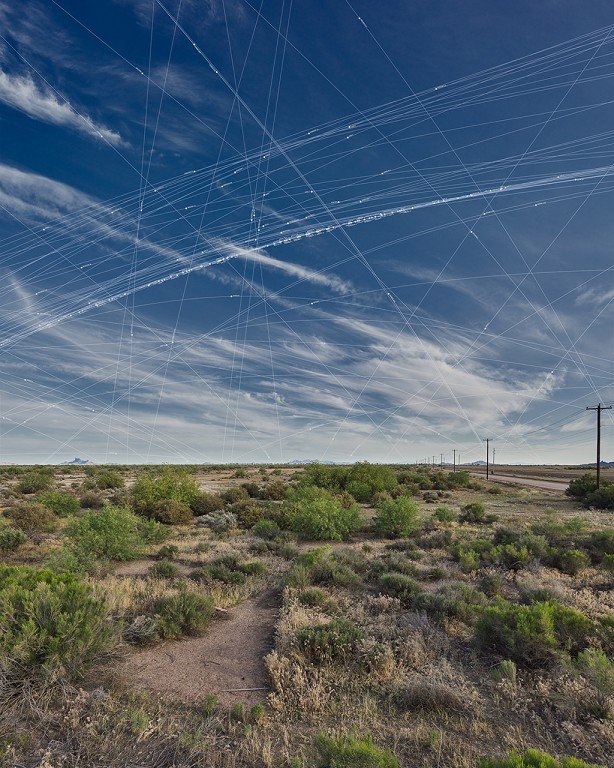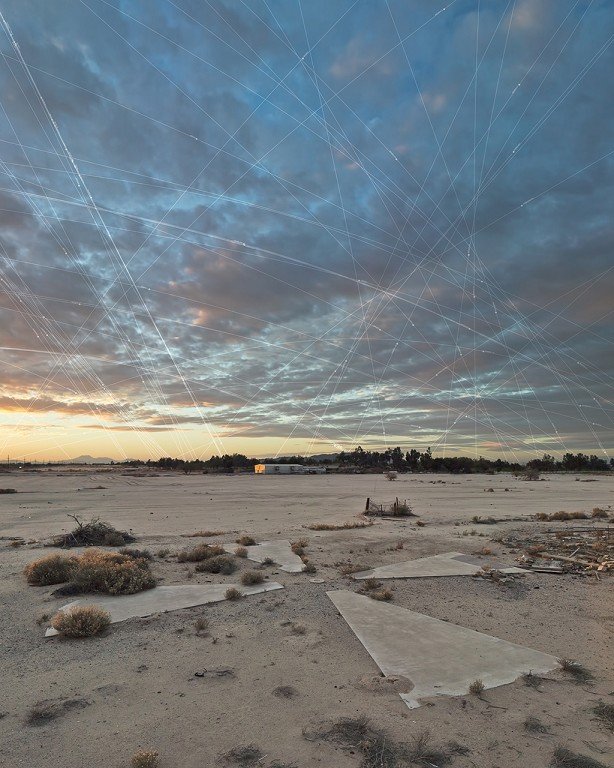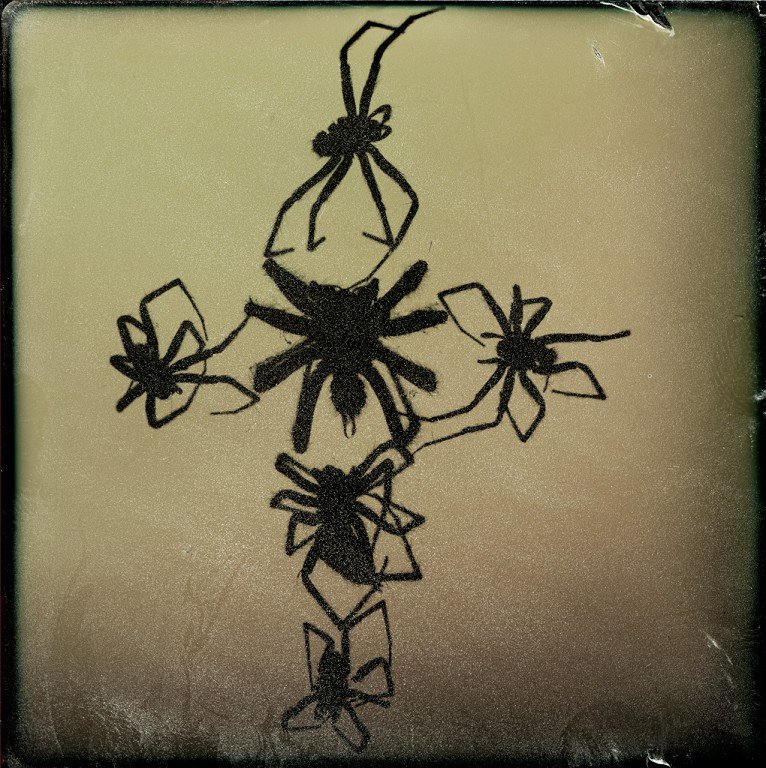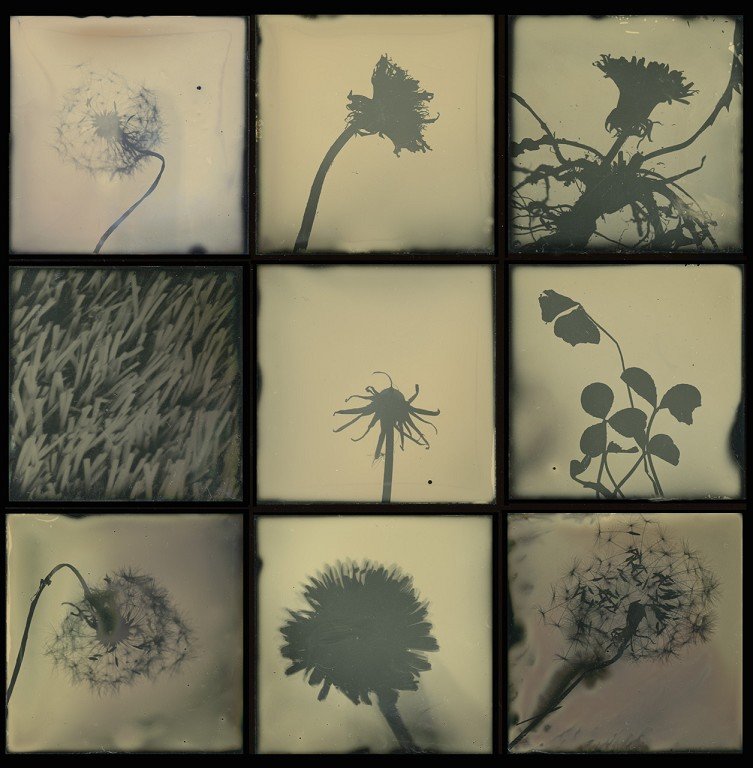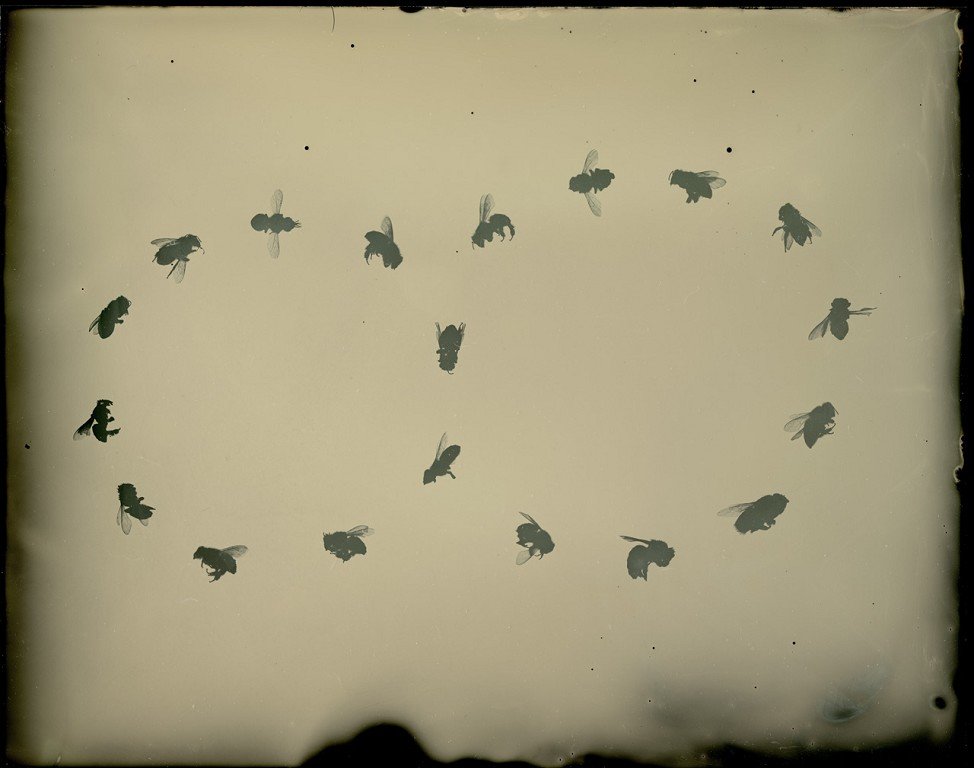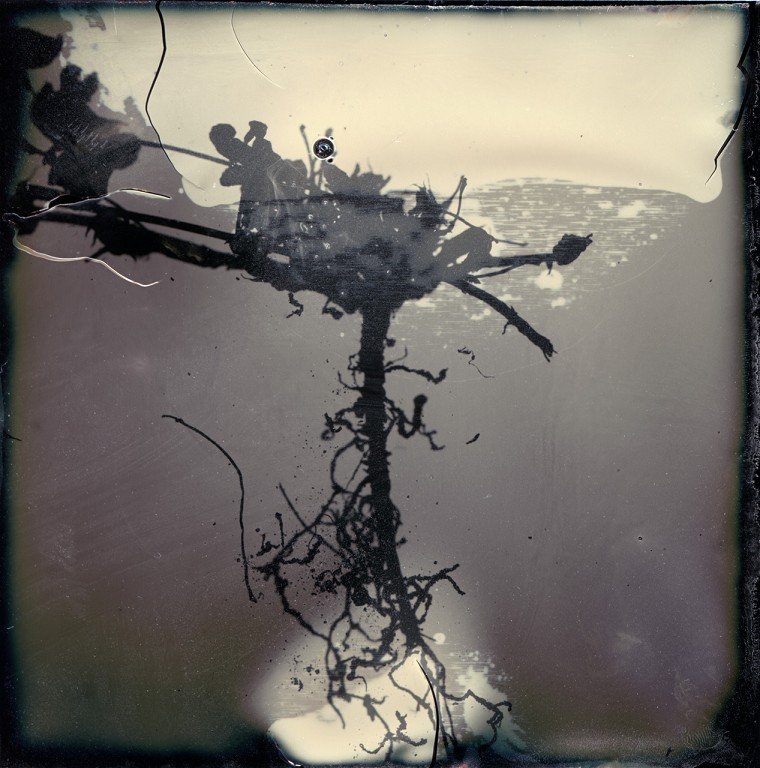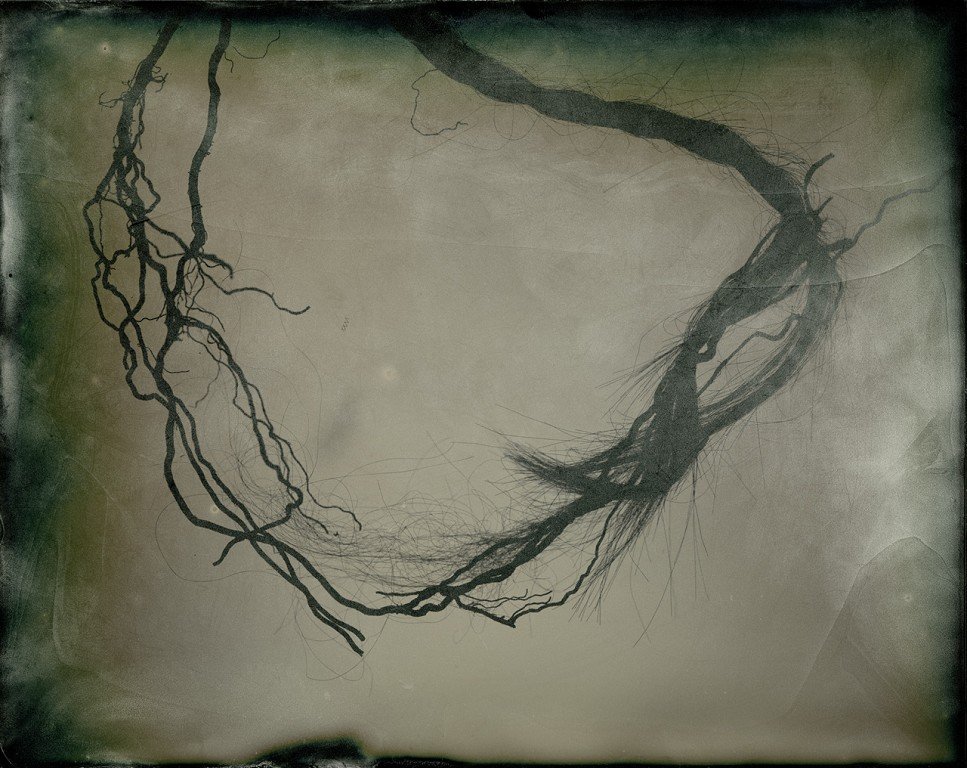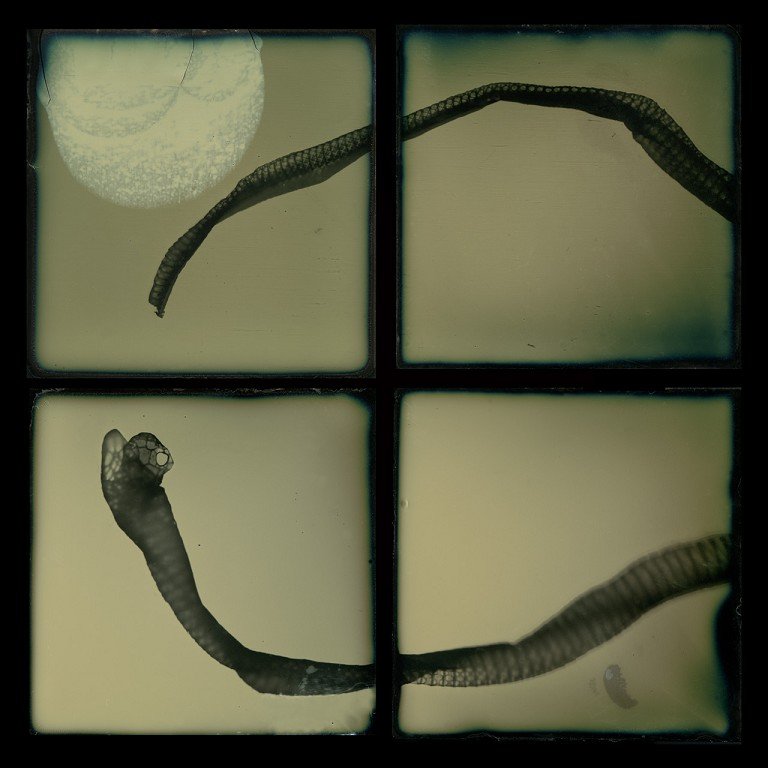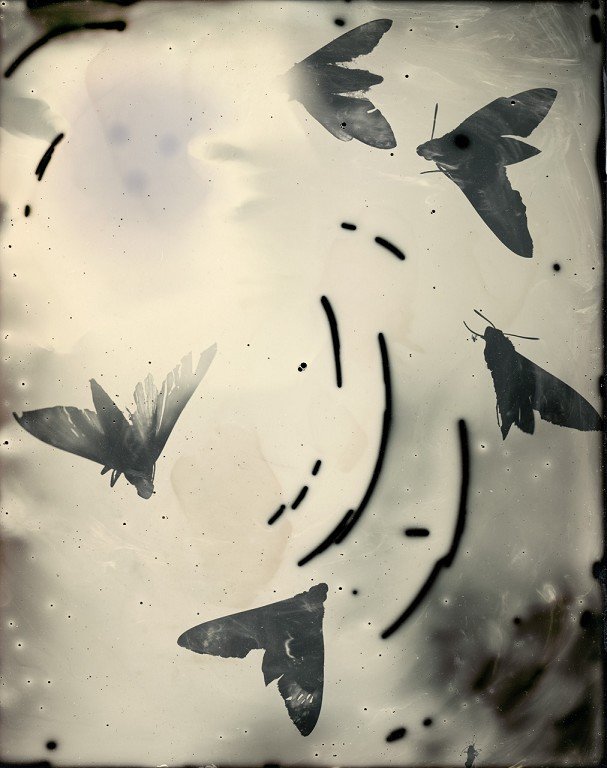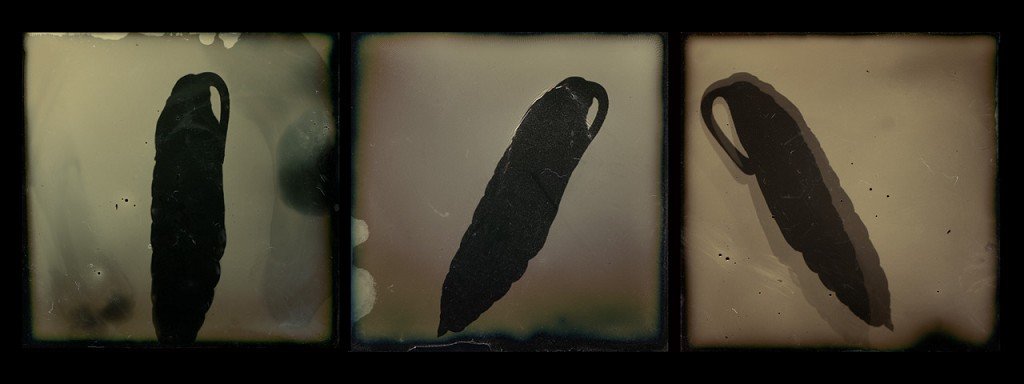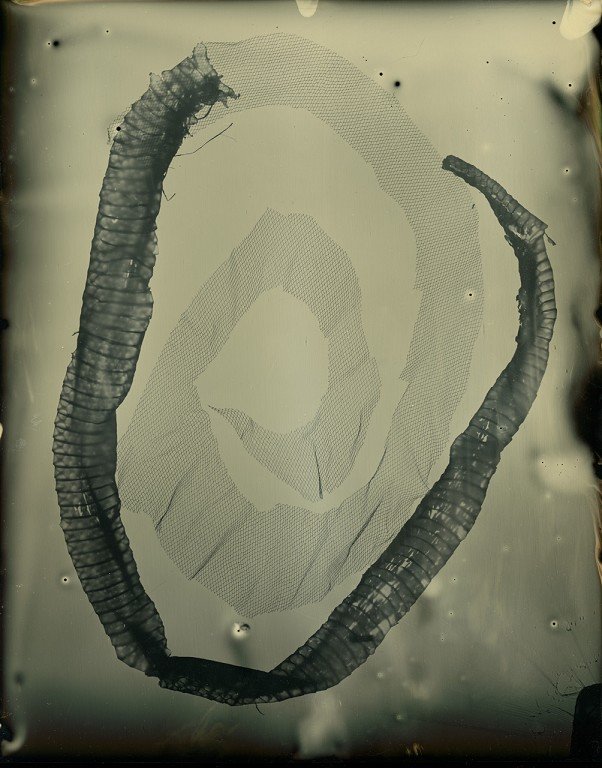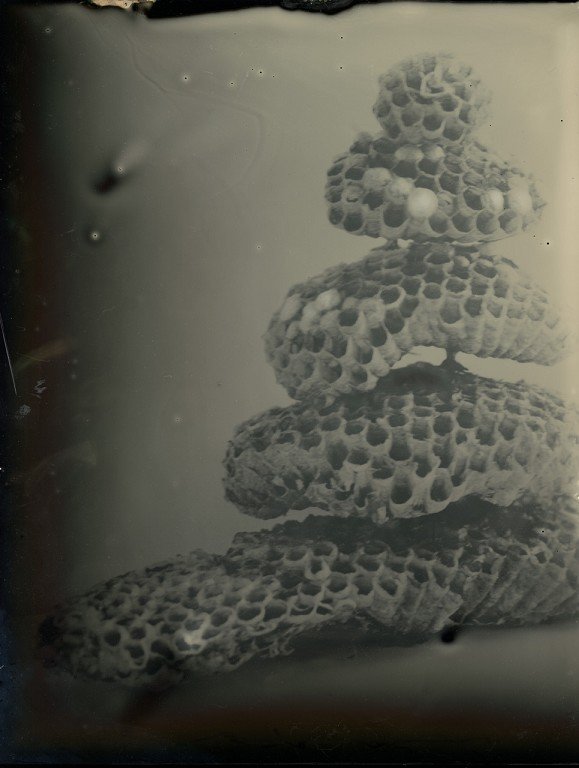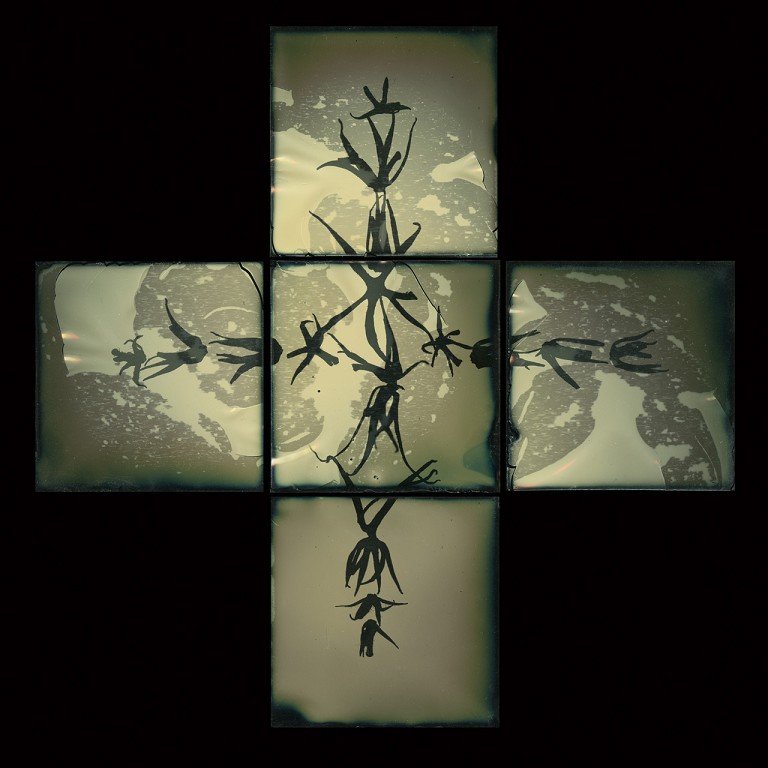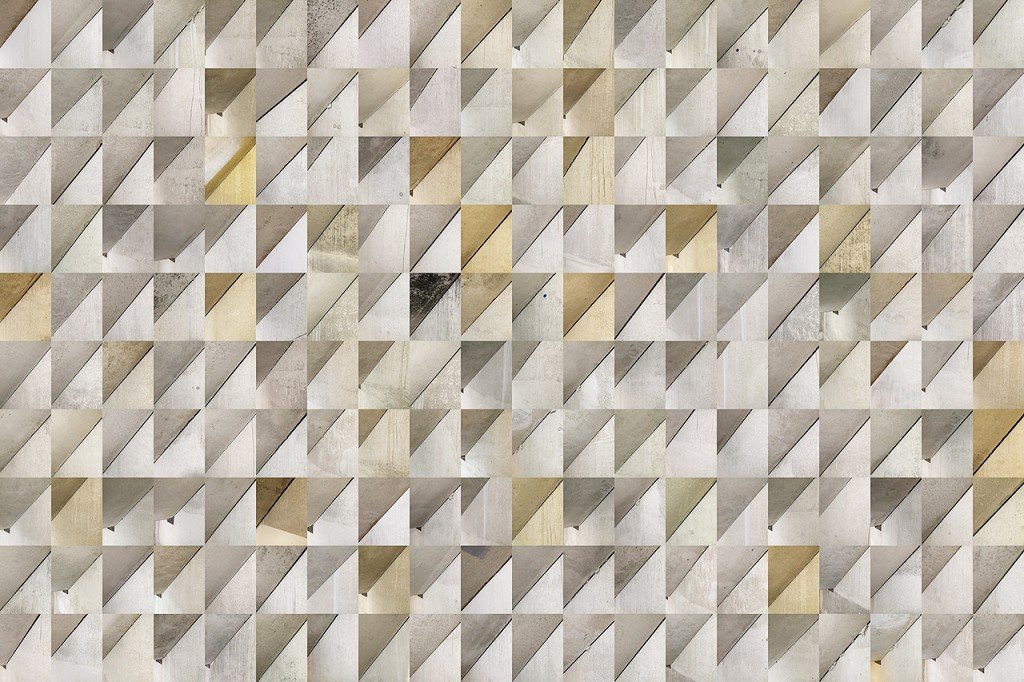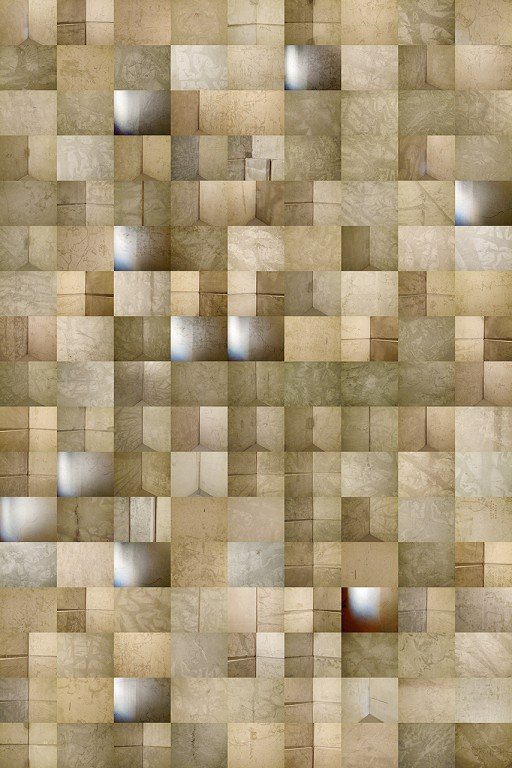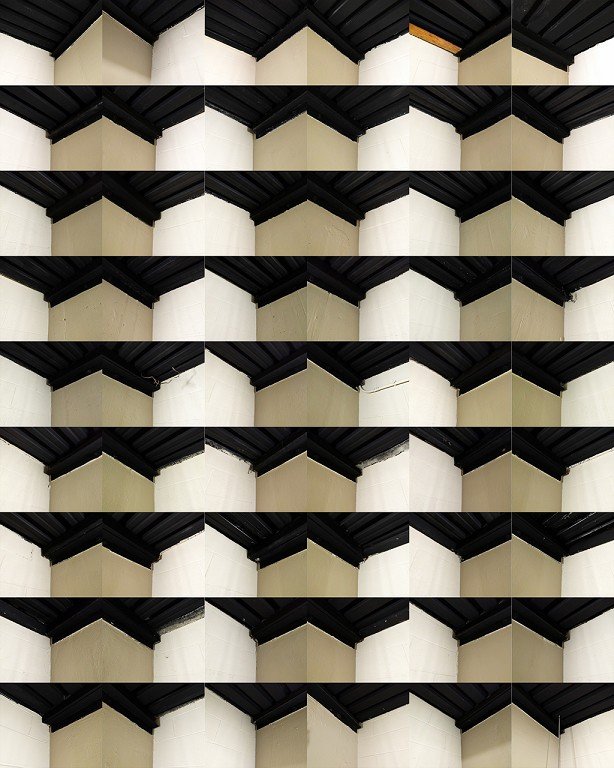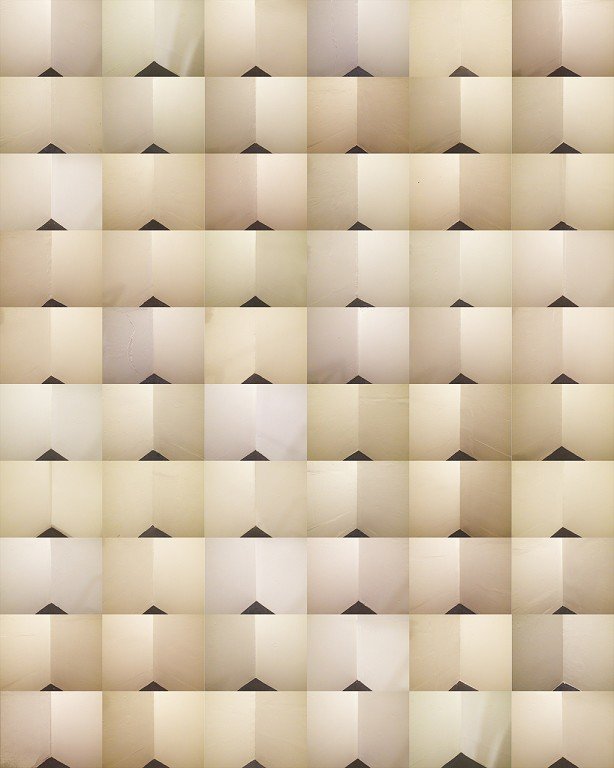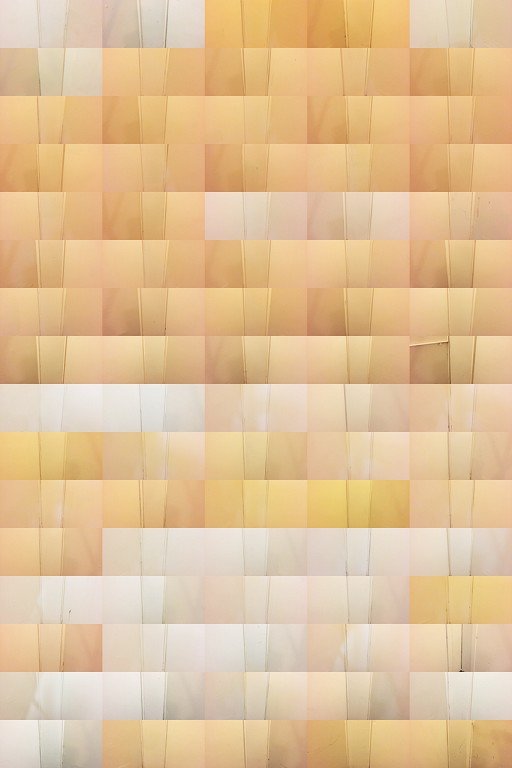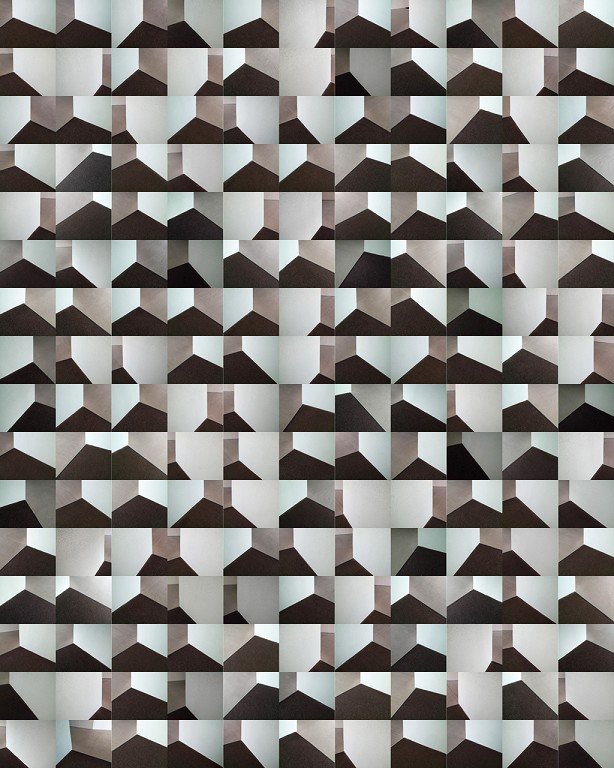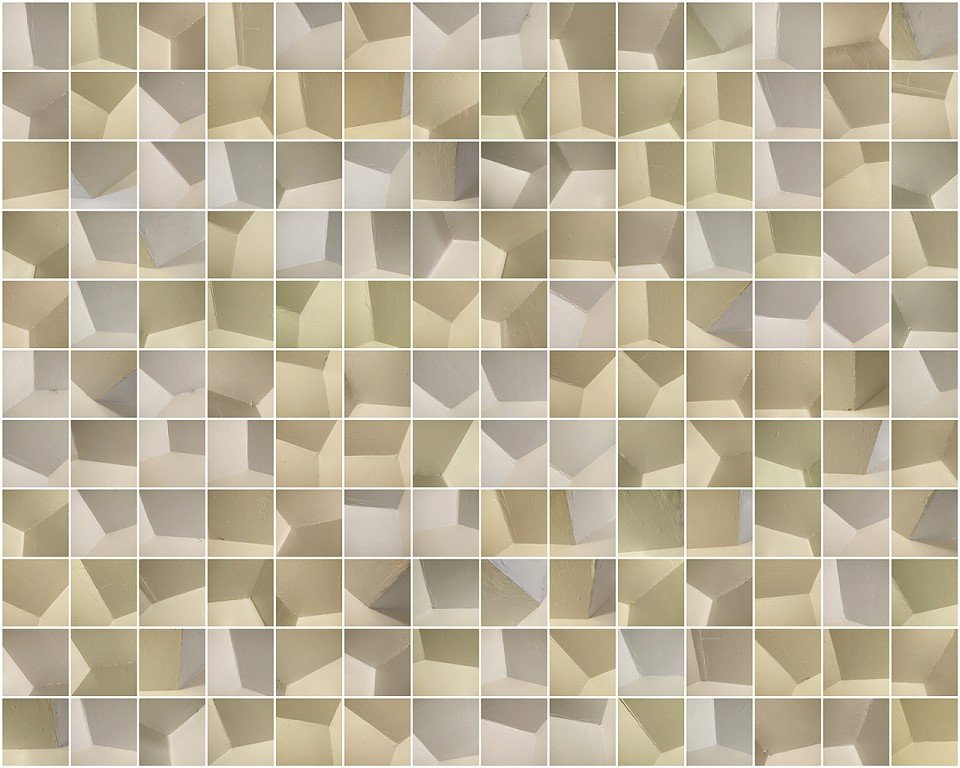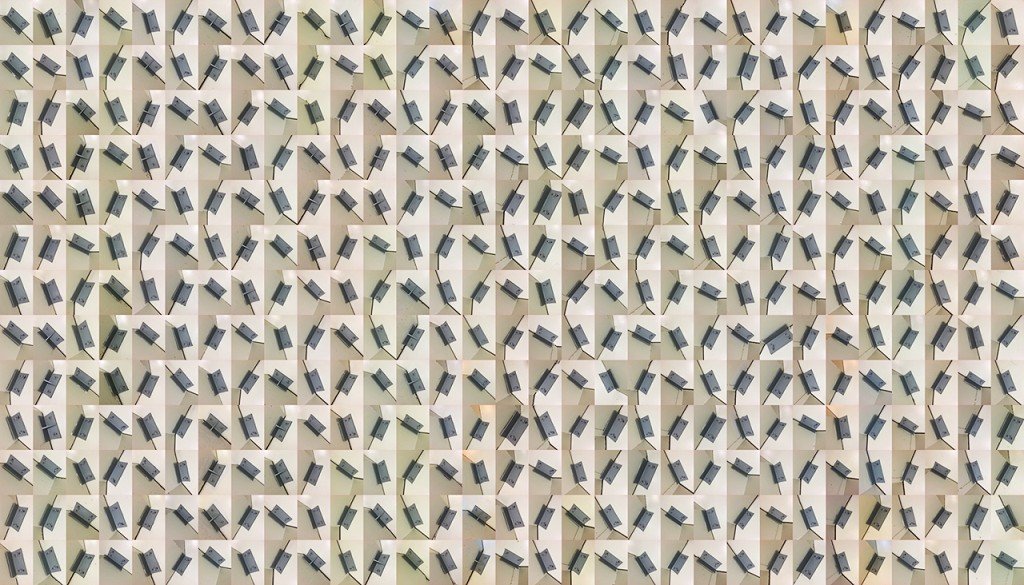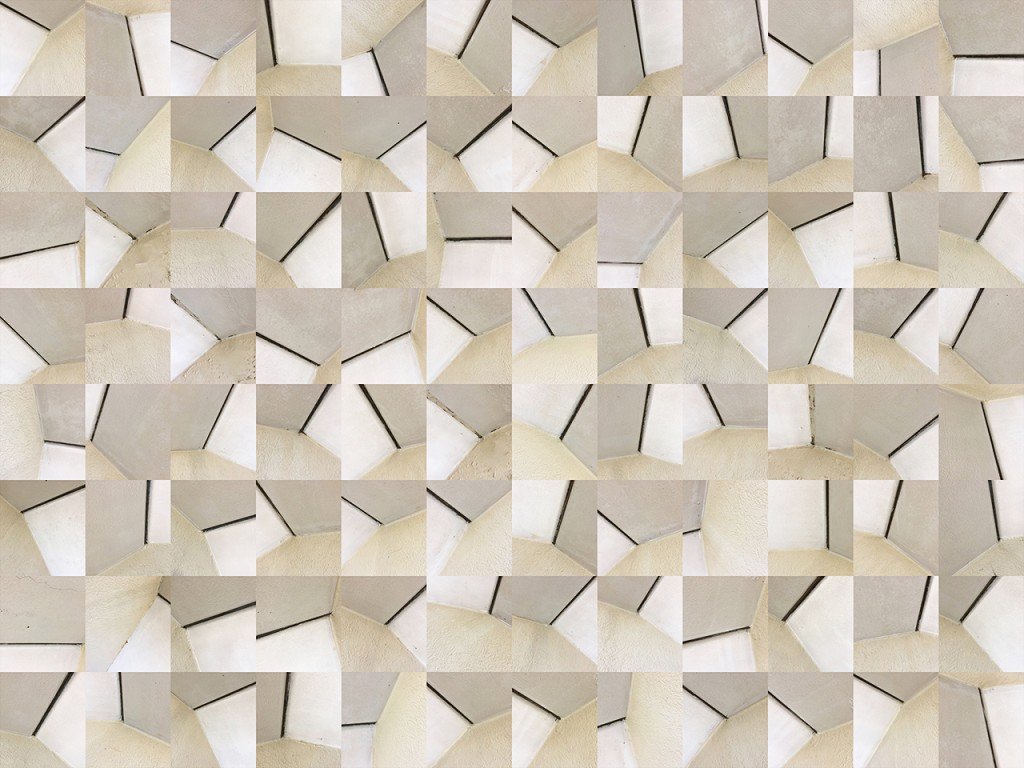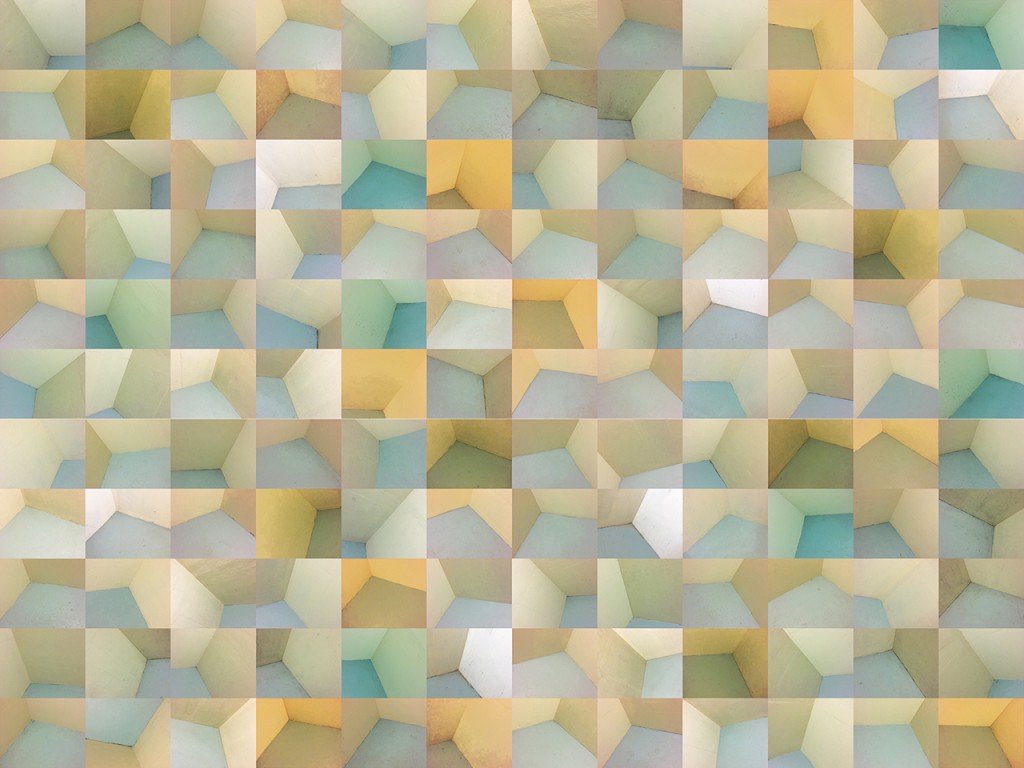EXHIBITION DETAILS
Looking and Seeing | Portfolio Showcase Vol. 10
September 29 - November 25, 2017
Artist Talk and Reception: October 20th at 6:00 PM
JUROR STATEMENT
One aspect I have always cherished about photography is the way some artists surprise us and broaden our perspectives. These artists make us see in new ways, and their images usually hit quite hard. Our gut reaction is immediate, though figuring out why or what might not be so simple.
When we look at the creative process, photographing a single successful image is not all that difficult. This applies to amateurs and professional photographers alike. Facebook and Instagram are full of one-hit wonders, and some are memorably nice.
Even artists have those one-off images they just had to photograph. Developing an entire series, however, is a completely different matter. It not only requires exponentially more skill, but also real courage to dig deep into oneself to create a fully rounded, multifaceted project. Once the series exists, the real challenge of culling the coveted portfolio begins.
Think of a well-crafted portfolio as a delicious meal. The individual ingredients can be quite different, and they never need to blend entirely. Brought together, however, the meal (or portfolio) has to work as a whole. It needs the right nuances, the right flavor anchors, the right variety and the right level of commonality. It is easy to find advice on how to assemble a meaningful portfolio. The internet is littered with formulas of dos and don’ts. In actuality, gleaning a tight portfolio from a larger series is quite an art to itself, requiring skill, insight into the project and willingness to be objective at this stage even if the series is very personal.
In the case of this exhibition, I have chosen artists who skillfully held my interest from image to image. These artists had something noteworthy to say and did so masterfully. In the example of portfolio prizewinner Astrid Reischwitz, the combination of nostalgia, playfulness, beauty and personal history woven into delicate tapestries swept me off my feet. Technique, subject matter, emotional vulnerability and creativity all worked to make this portfolio a sound success. Her images provide a mixture of evidence artifacts and clues of an underlying story, keeping the viewer’s imagination suspensefully engaged. Each image adds to the depth of the project, yet does not resolve the puzzle. We remain curious, because Reischwitz remains curious.
Lisa McCarty’s photographs of Ralph Waldo Emerson’s estate conjure up a different sense of nostalgia. The images fluctuate between a sense of the familiar and the viewpoint of an uncommitted stranger. Through the lens of the photographer, we become the observer, the visitor, and sometimes even the intruder. McCarty lets us peer at Emerson’s personal belongings, but often through the separation of glass or distance. Yet the unexpected richness of the light and the occasional subtle and very personal details, such as the names of his friends and colleagues scratched into a windowpane, create the irresistible feeling of discovery and intimacy.
Frank Hamrick’s tintypes convey the joys of lazy summers. Rich with summer magic, they nevertheless seem reminiscent of summers past. In the absence of a traditional color palate, the grayish sepia hues of the collodion process communicate a heaviness of times remembered. These summers seem to belong to generations before us, like those typically preserved by family lore and faded photos. They are ours to reclaim and yet we miss them like a loved one we lost long ago.
Molly McCall presents us with images of quintessential happy times. These colorized vernacular photographs depict families and couples enjoying carefree leisure time at the beach. Every moment is a good one — a memorable canoe excursion, a birthday cake, a pony ride. Just what we would want to remember. Still, the artist intervenes in this straight forward act of remembrance. Her use of boldly colored halftone screens printed selectively over figures and objects places emphasis here and obstructions there, forcing the viewer to reconsider what these images are about. Doing so, we discover clear indicators of class and white privilege. It might be most telling who is included in these frolicking snapshots and who is missing, and it becomes clear that tanned does not equal brown.
Matthew Hamon directs our eye to nudist colonies in Canada. Following a blind jurying process, it came as a surprise to me that the photographer of this series turned out to be male. These images distinguish themselves through the absence of the typical male gaze. The people in the photographs have distinct agency. They seem entirely comfortable with the camera trained on them, yet also not overly invested. In many photographs, the subjects look directly at the photographer and seem almost humored by the attention. Completely at ease in their skin, they seem to say, “I see you. I see you and yes, you may look, but look deeper.”
Photographing buildings can take many forms. Architectural photographers, for example, take excruciating care to right every angle and present every building in its bare architectural facts. In Tema Stauffer’s images, however, buildings are never just buildings. Instead they speak of years past and lives lived in them. The resulting images convey a strong sense of community. Stauffer further emphasizes community with portraits she interlaces into the series. Many images are bathed in the rich light so familiar to Upstate New Yorkers, adding gravitas to the buildings' place in people's lives. As the backbone of neighborhoods, these buildings are here now, but it is clear as the light fades and the facades crumble that things are changing and that neither building nor people might not be there much longer.
Emmanuel Monzon is on a path of his own. We imagine him walking the streets in quiet solitude. He observes, peeks around corners and stops in fascination at the most unusual, even banal places. His sense of discovery is infectious. And so we perceive the magic he creates from little more than gray concrete and blue sky as a new revelation. Every door, car or tree is seen in a new way within his mastery of composition and framing. The mystery of a doorway radiating with warm light from within suddenly becomes irresistible. A randomly parked car seems to anchor the world. As we follow along with him past block after block, we can only beg to please keep walking.
Julie Anand and Damon Sauer draw our attention skyward. Every part of the images is dramatic. The desert landscape surprises with rich traces of life. The sky explodes in azure intensity. Mysterious concrete patches on the ground mystify and fascinate like sacred ruins whose significance we have long forgotten. Most importantly we are transfixed by the web-like pattern that streaks through the sky suggesting a futuristic power line nightmare. We are pulled in different directions. On the one hand, there is the unease of recognizing the concrete markers as Cold War satellite calibration targets. On the other hand, there is the magnificence of the open skies and the stability of perfectly regular horizon lines. Before long we become so swept up in the fascination of seeing the satellite flight patterns made visible that we might just forget to ask just why it is that they are circling all around us.
Every photographer is somewhat of a collector, historian and storyteller. As we look at Katie Kalkstein’s playful compositions, we may imagine her to be more of a tracker and choreographer. We envision her with her eyes to the ground, picking up insects, flowers, snake skin and the likes. Once in the studio, she makes her unlikely treasures dance with new life and poetry. Transcending death with the use of light-hearted patterns of grids and circles, she is able to celebrate what was, while also creating something altogether new. We are left to marvel at this last waltz that eternalizes these creatures.
Last but not least, Ben Marcin’s camera lens seems in constant motion, always looking, always finding. The intensity of this act of exploring is tangible. So many views activate all of our senses and make us deeply aware of the multitude of impressions we are subject to at any given moment. Rather than revealing the true nature of the objects he is observing, his fractal view of life casts off its ties to the staircases he photographs. Each separate frame turns into delicious sunspots flickering before our eyes and lifting the scene to a new plane. Gone are the murmuring sounds that we might associate with stairways in hotels and other public places. What we gain is a beauty in spaces that we would never have known to look at. And so we learn to see the act of seeing.
-Hannah Frieser for The Center for Fine Art Photography, 2017
